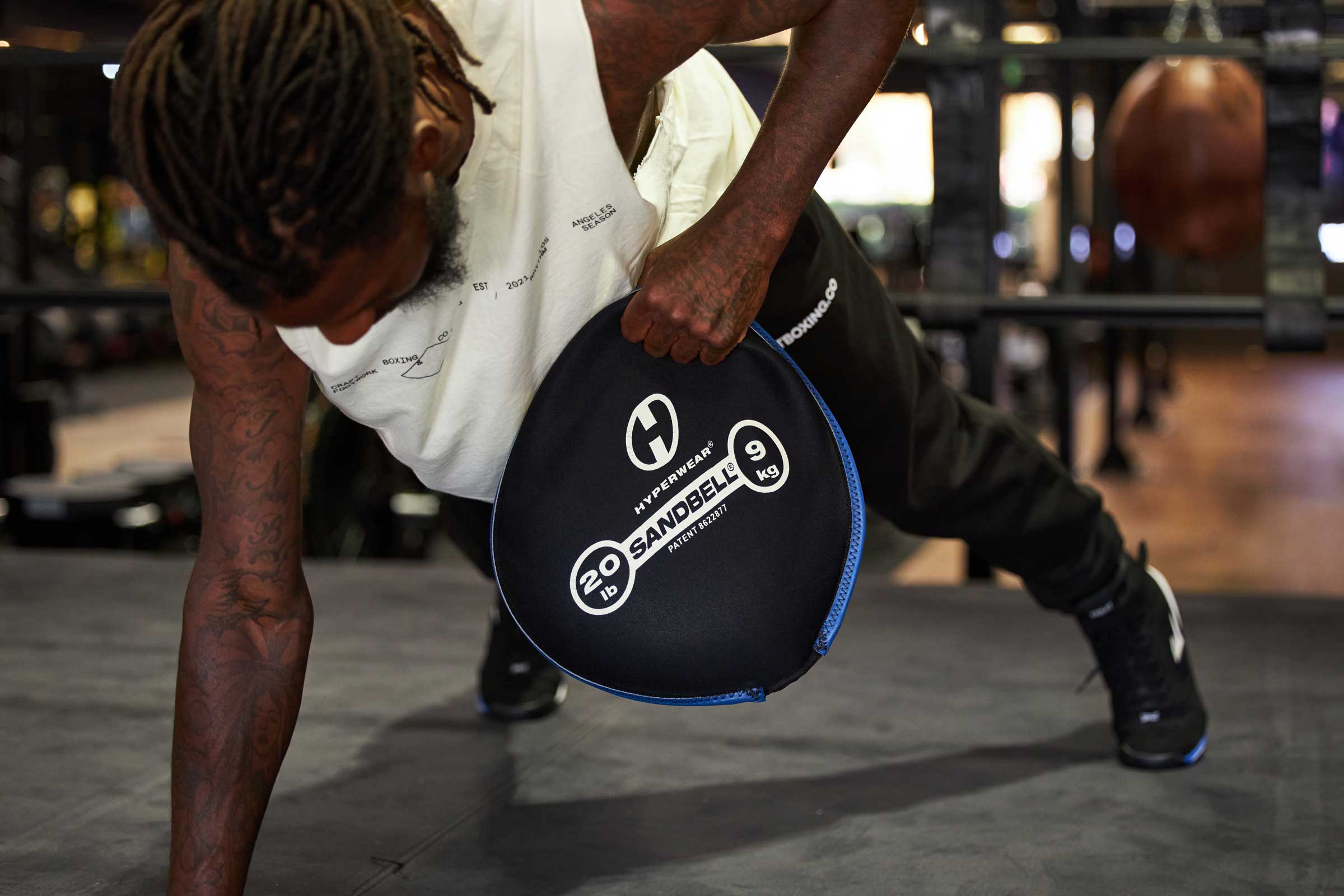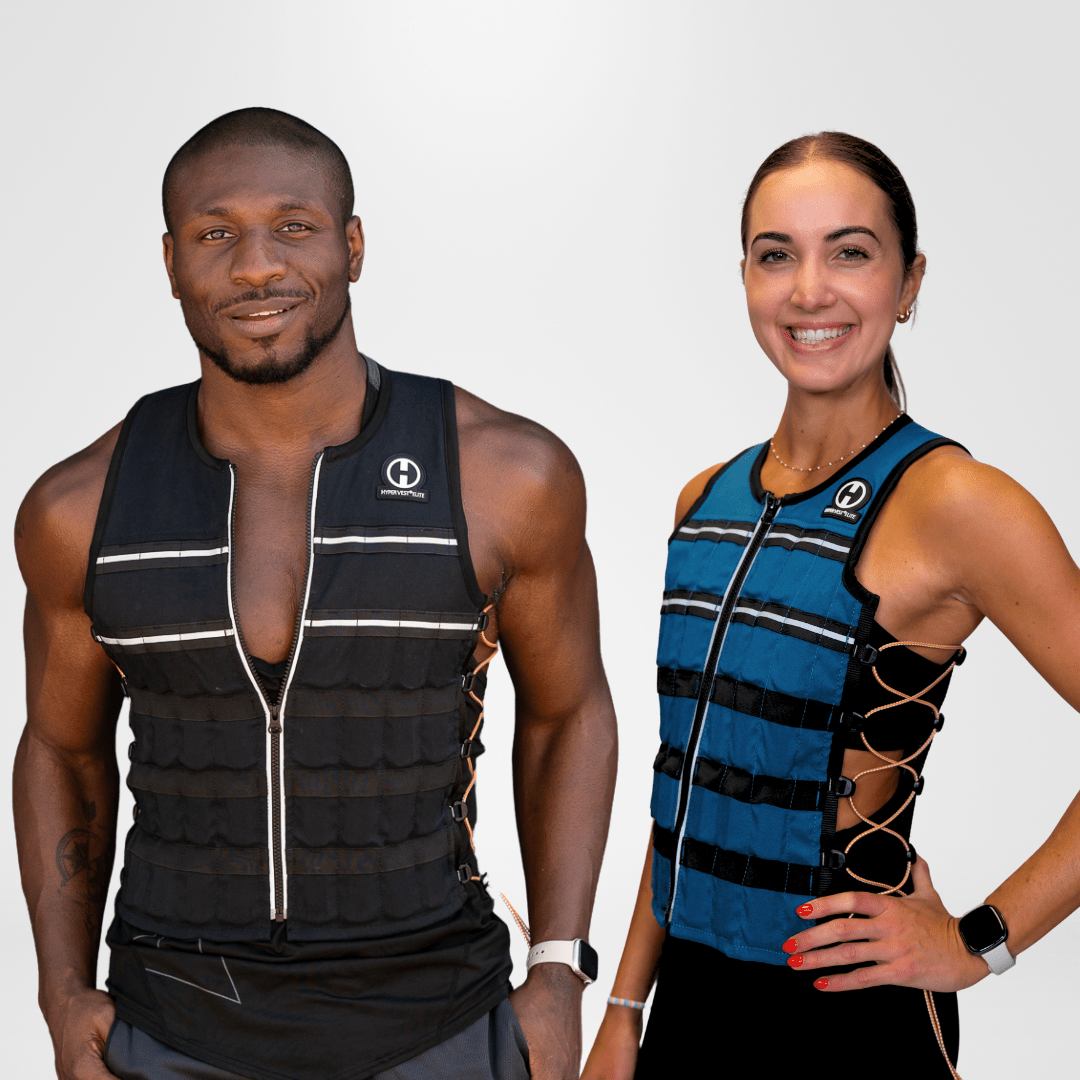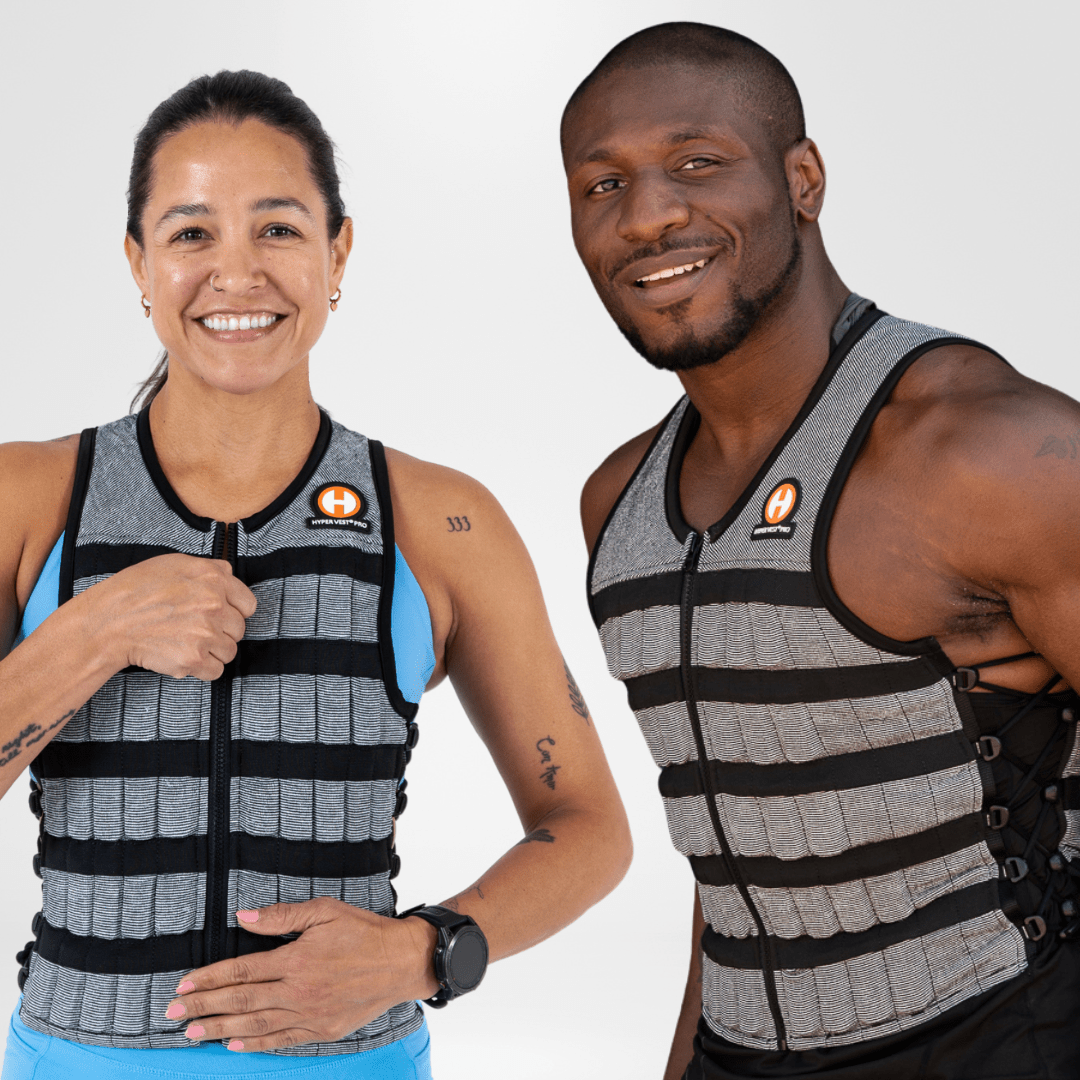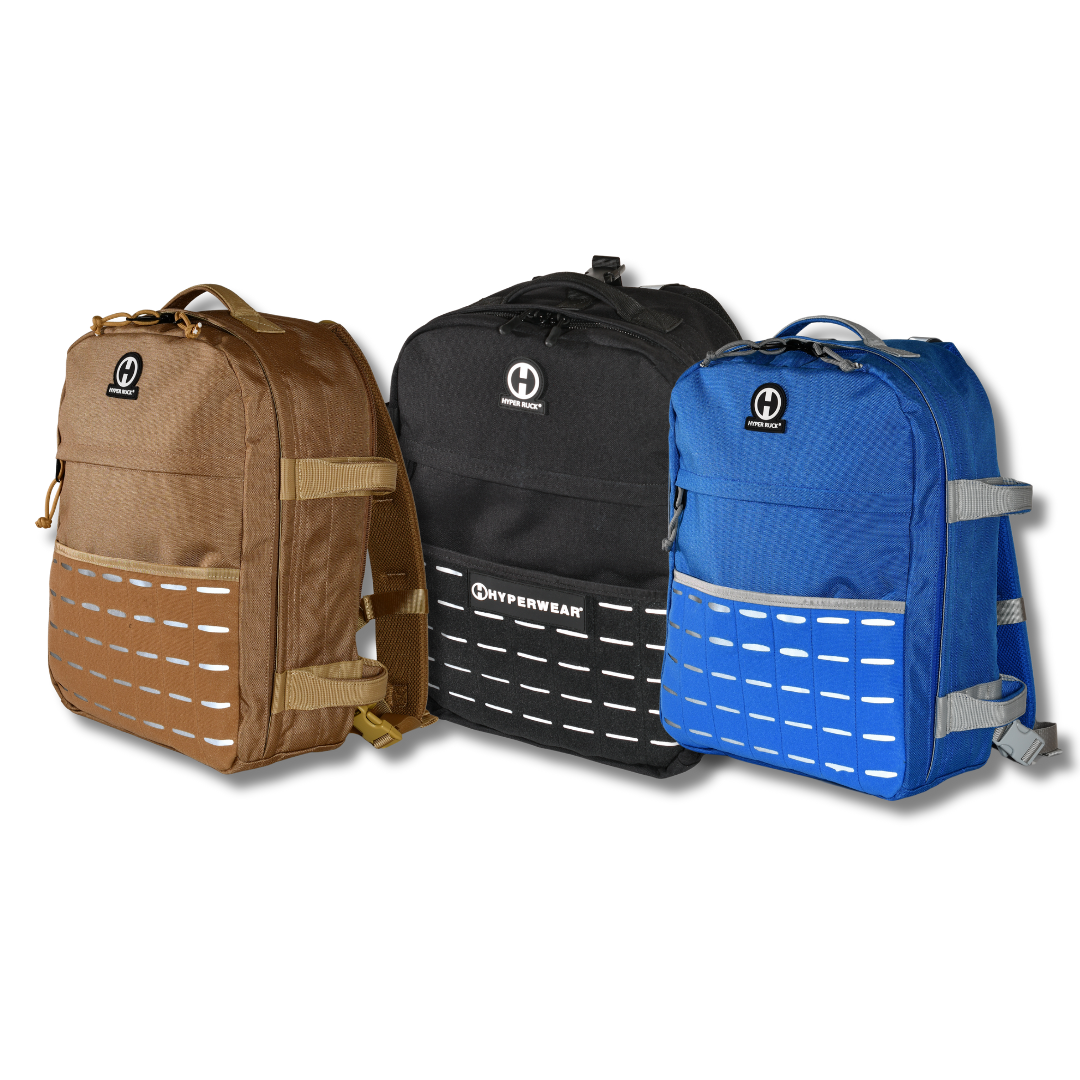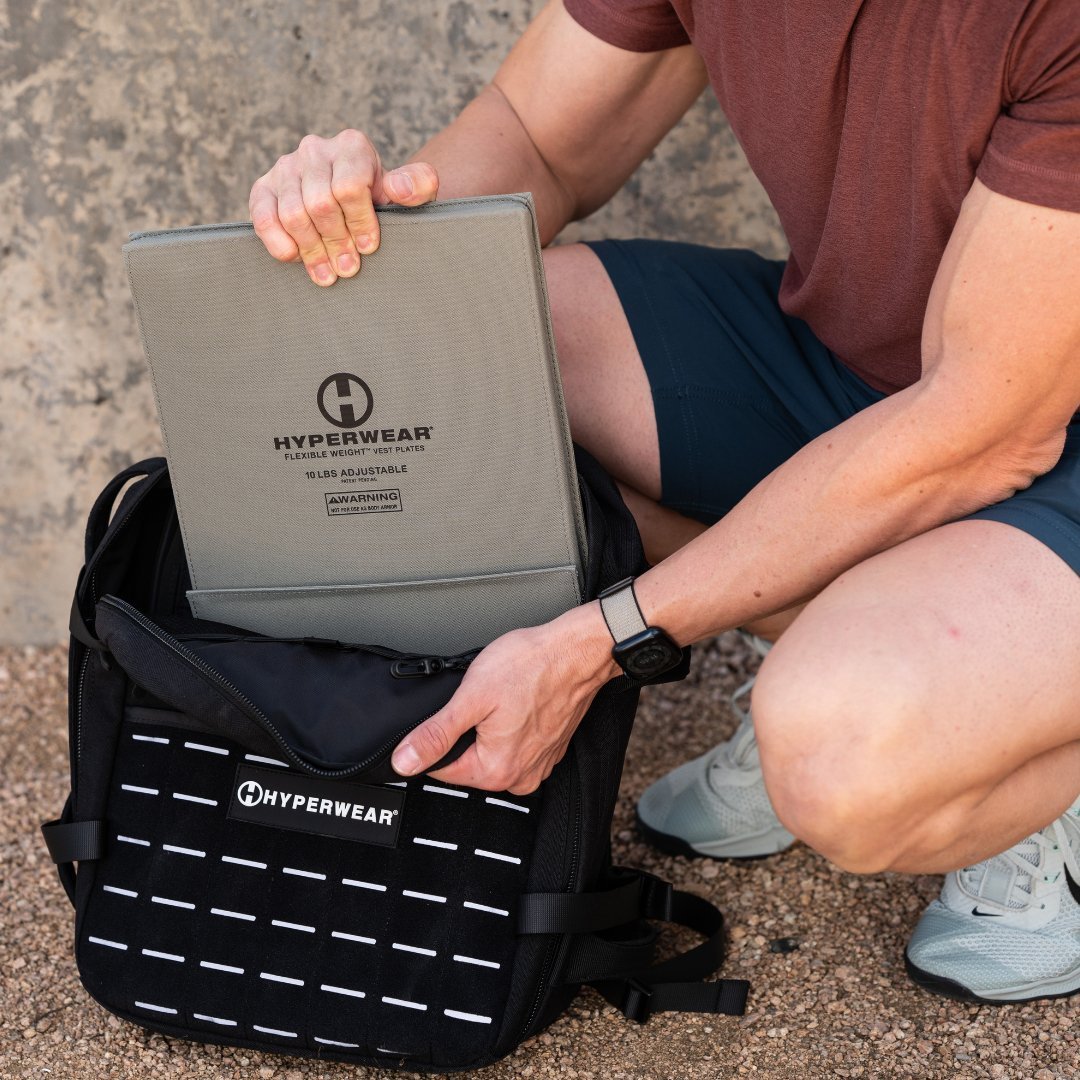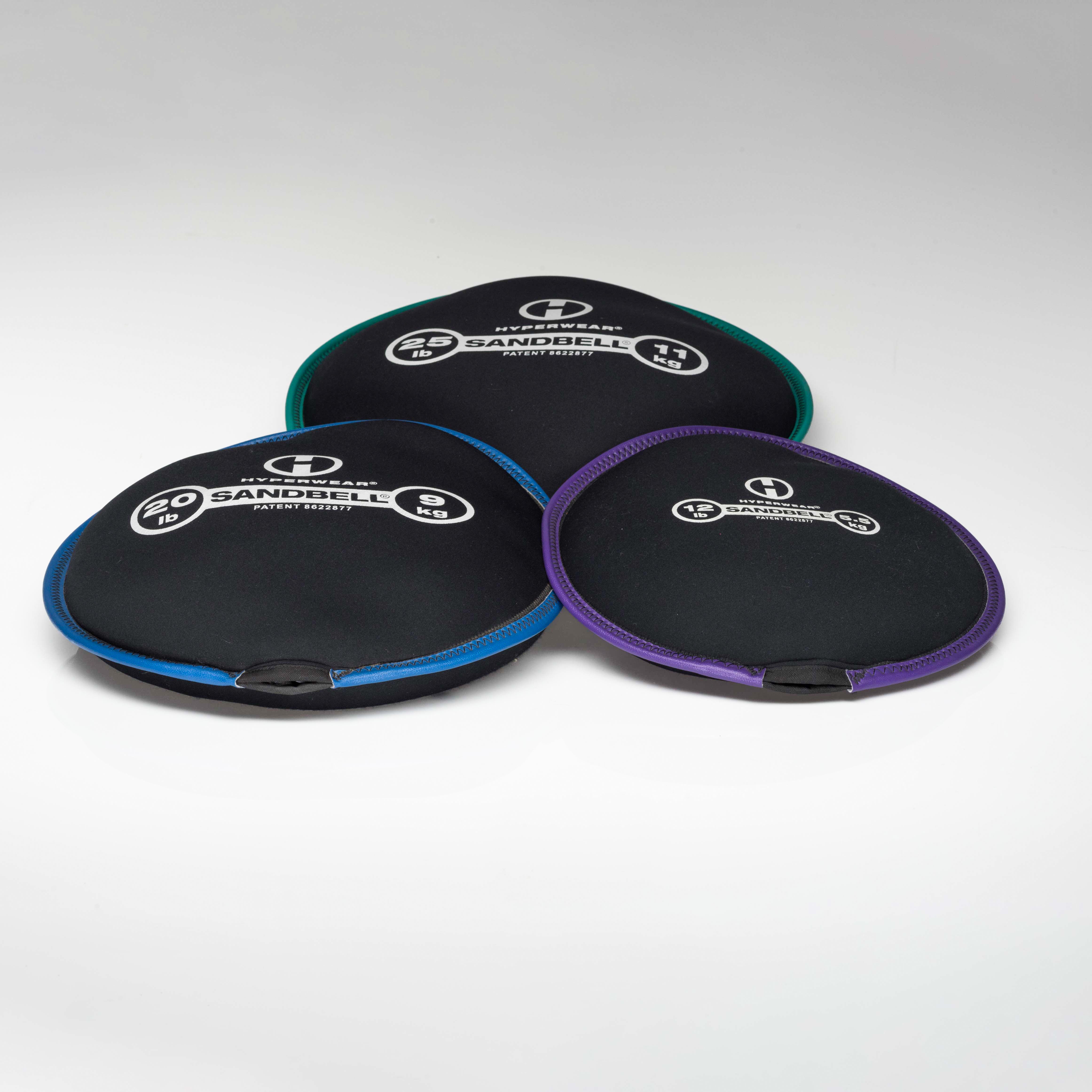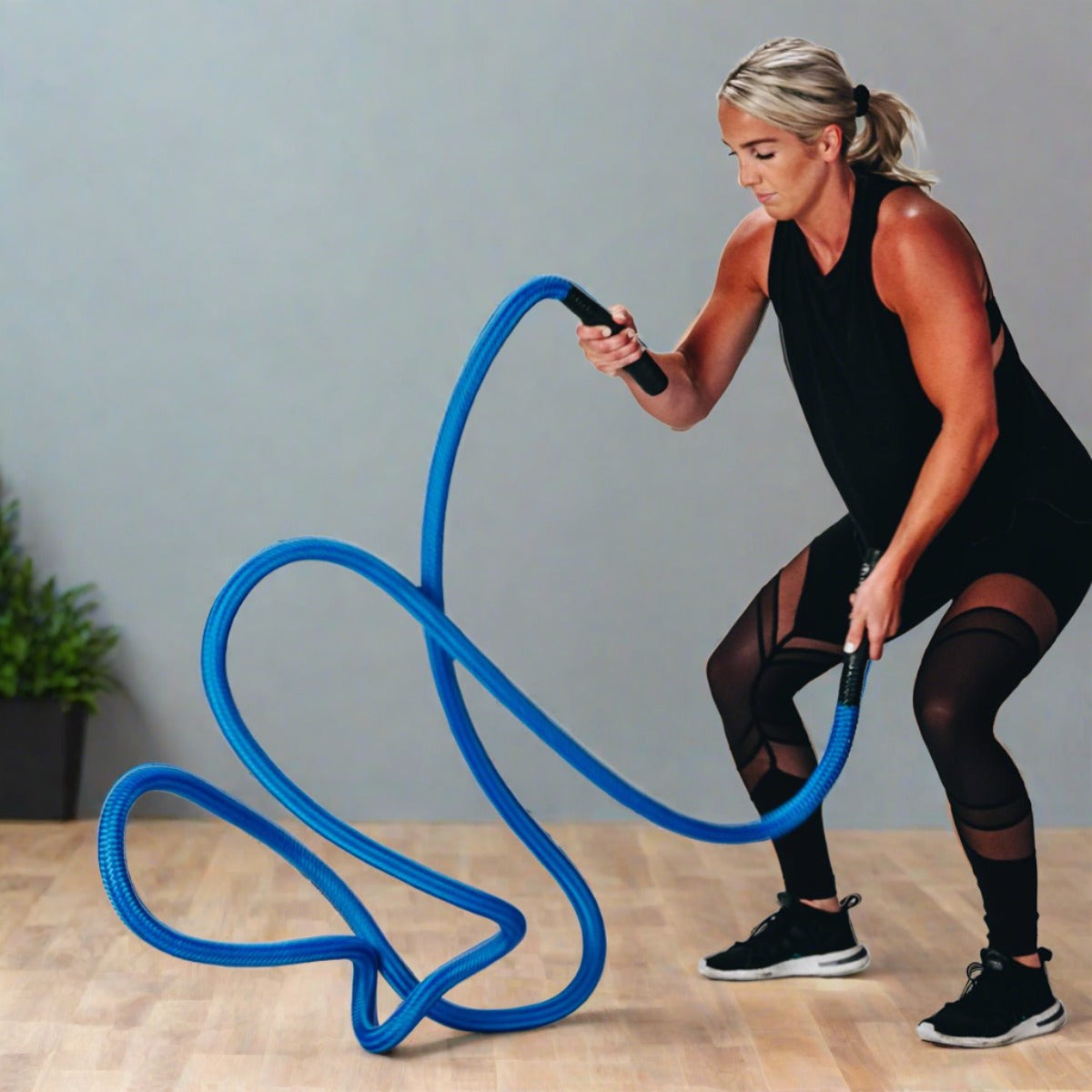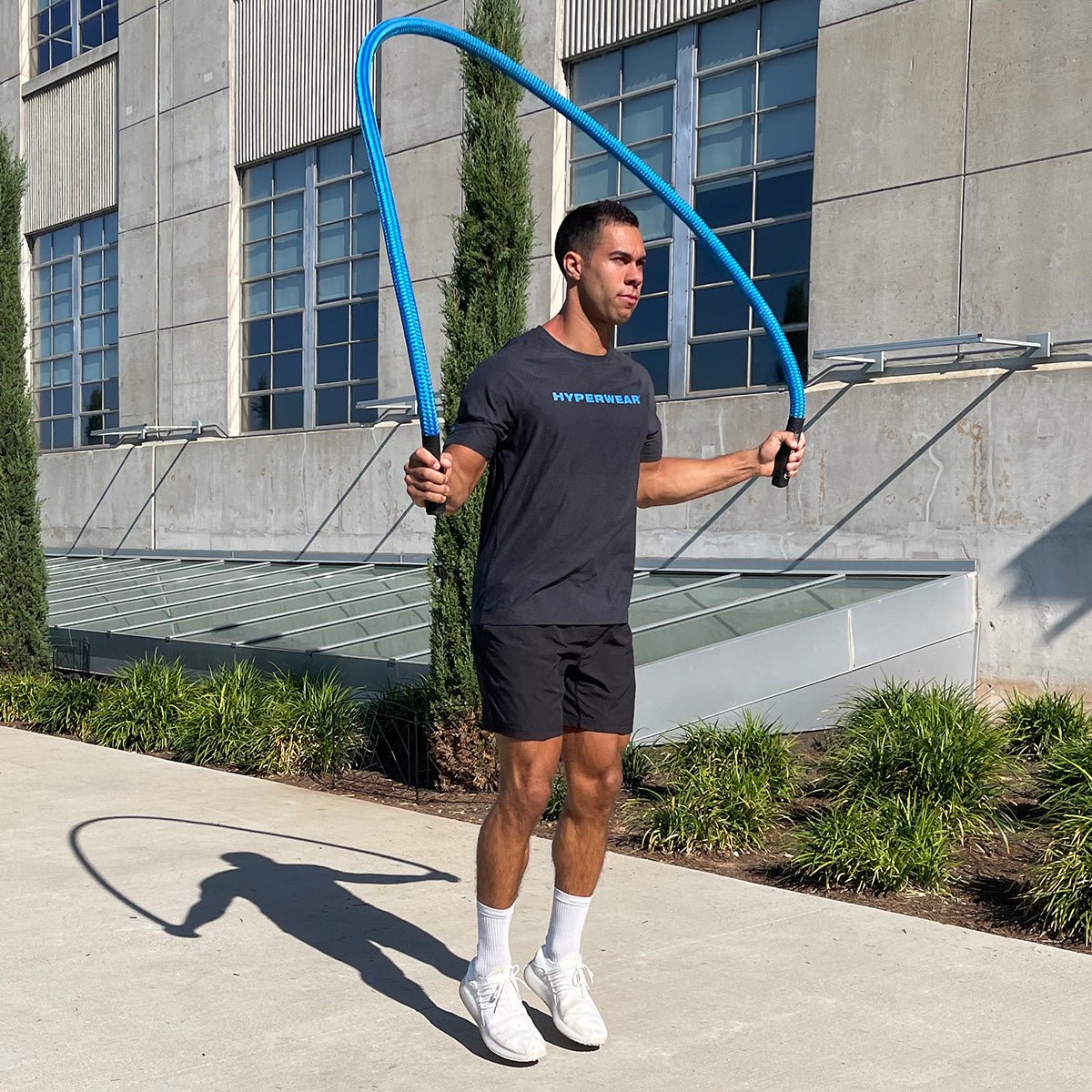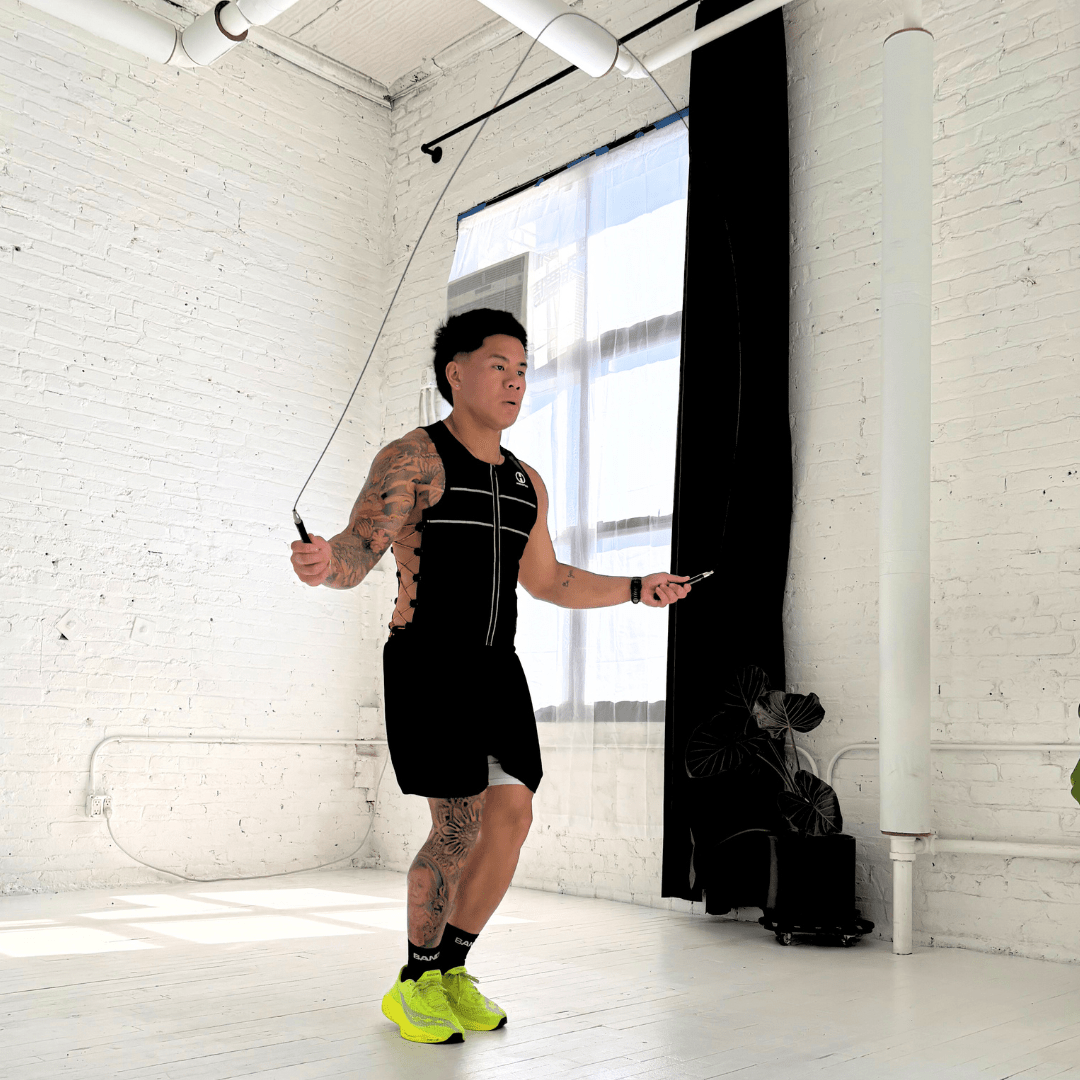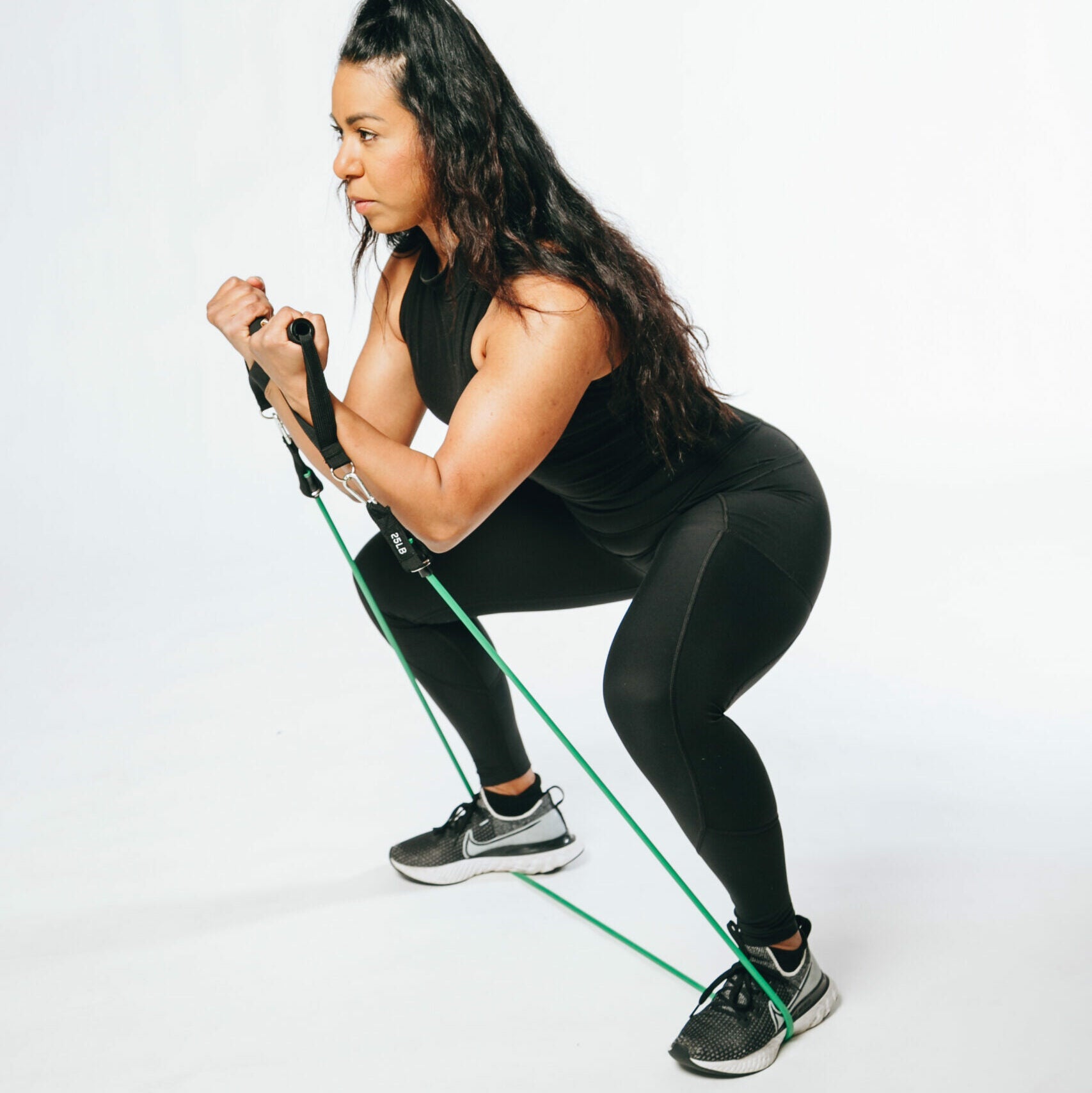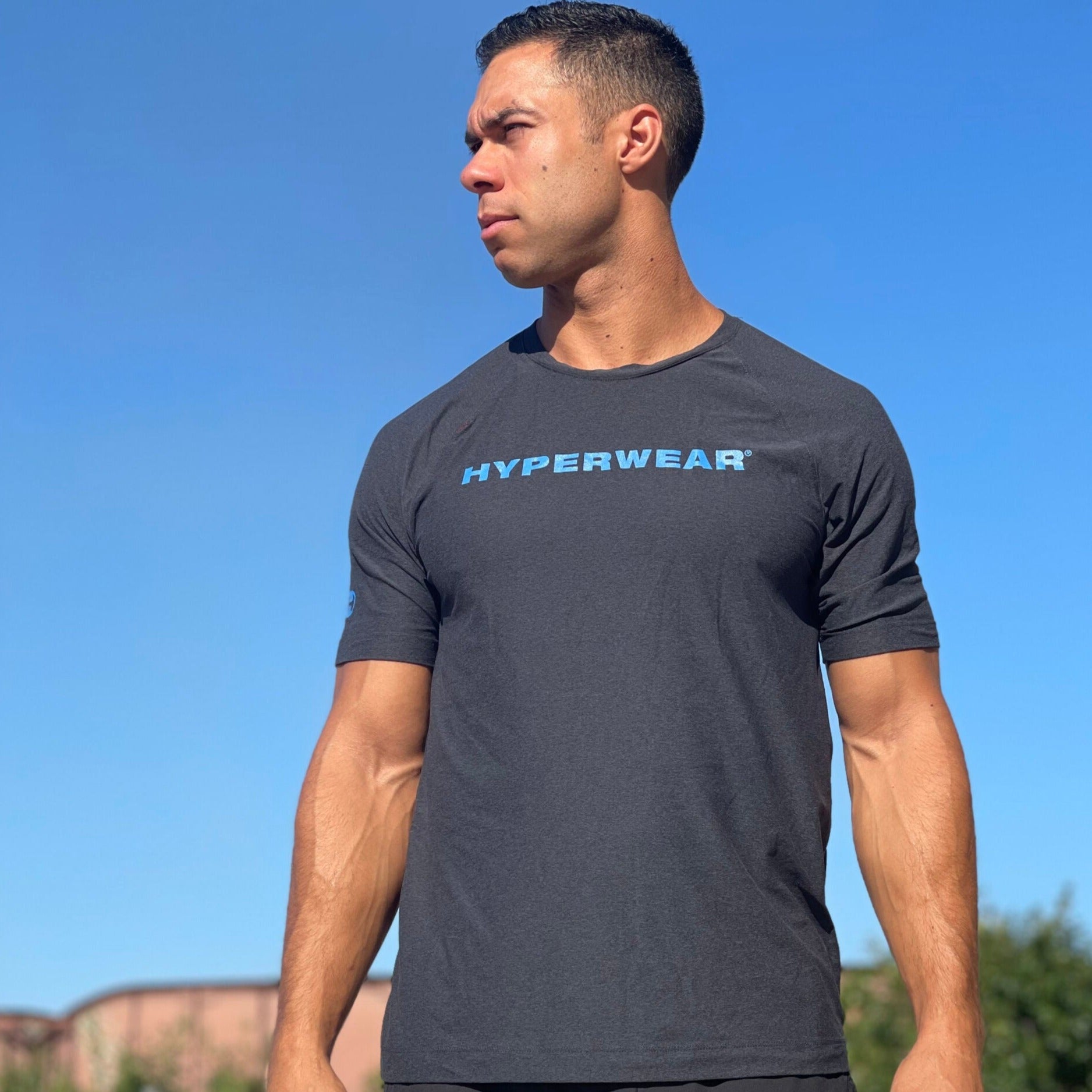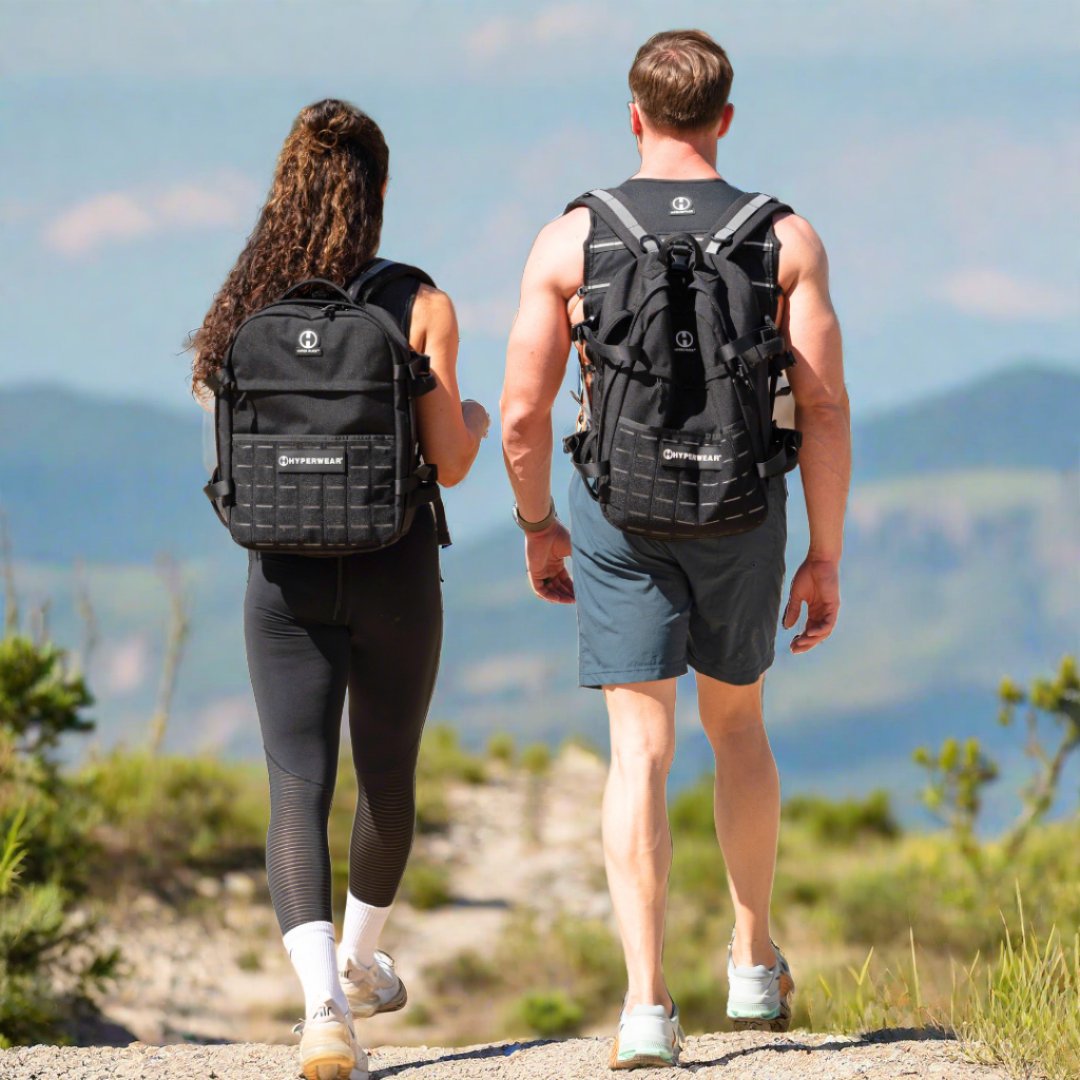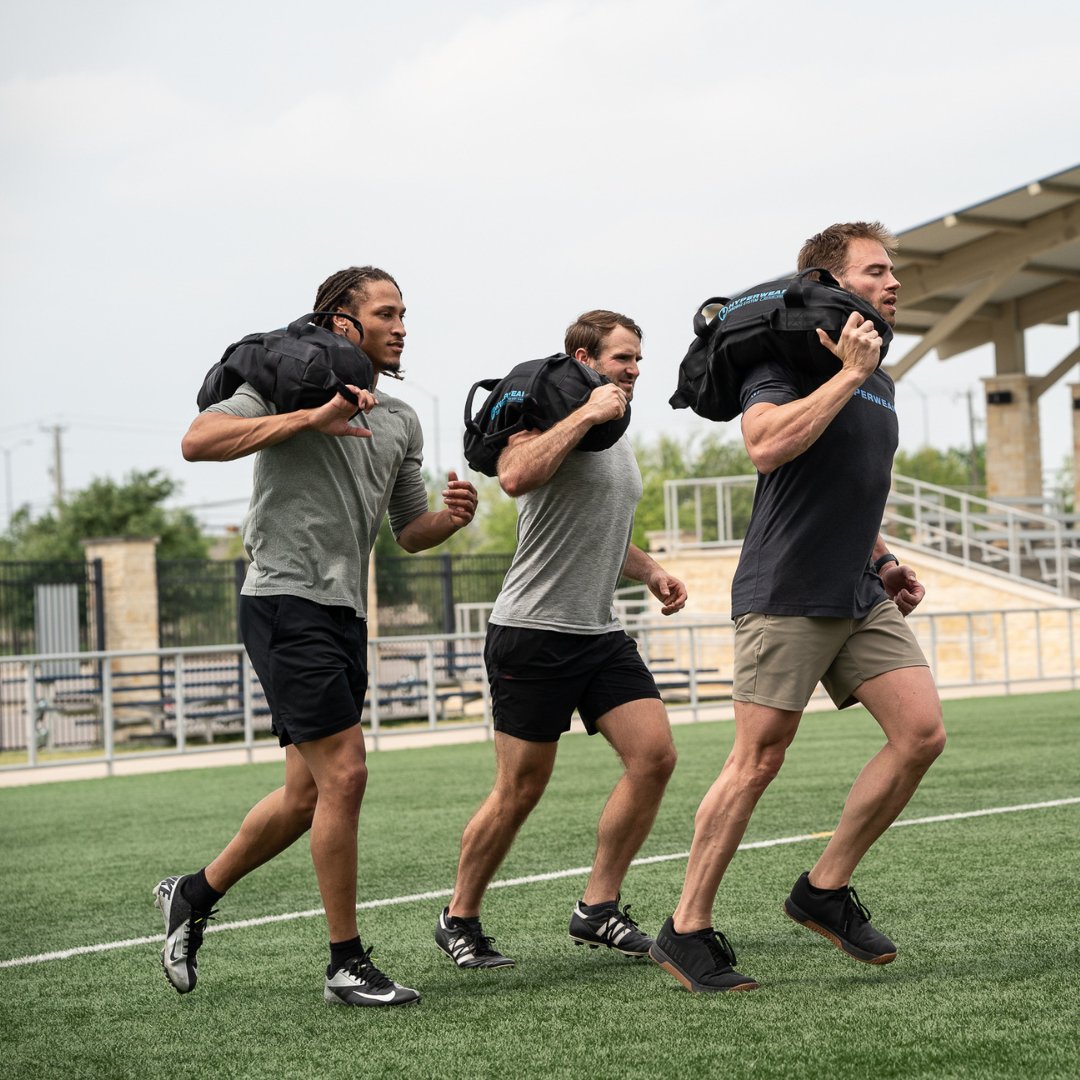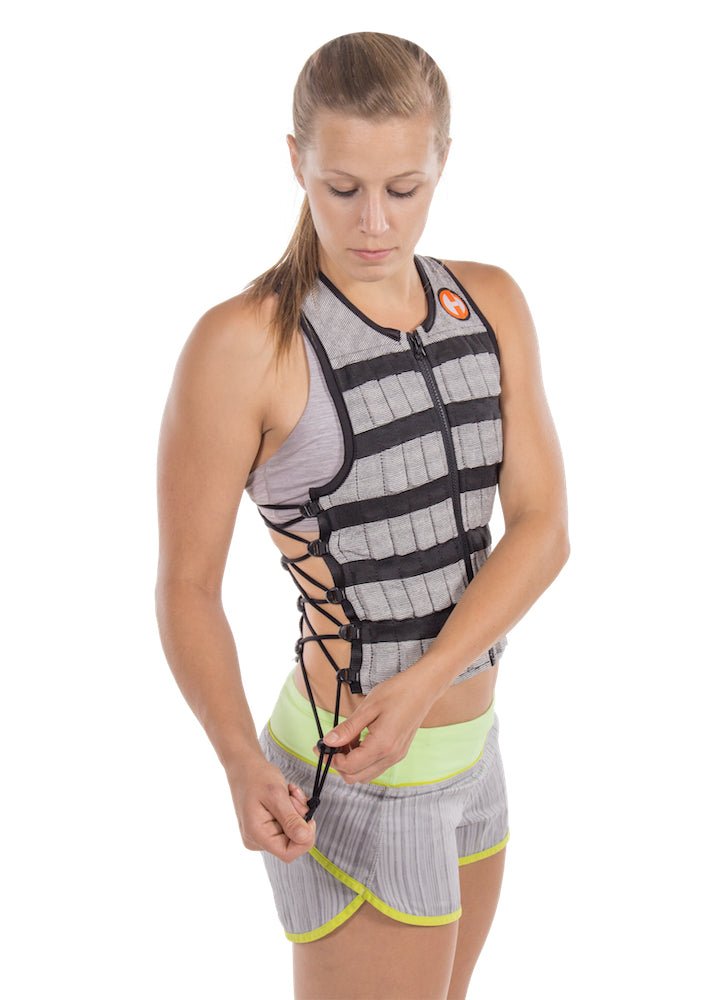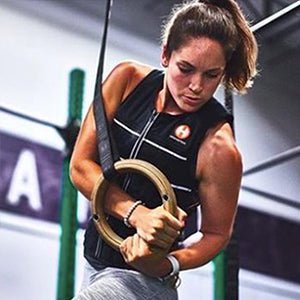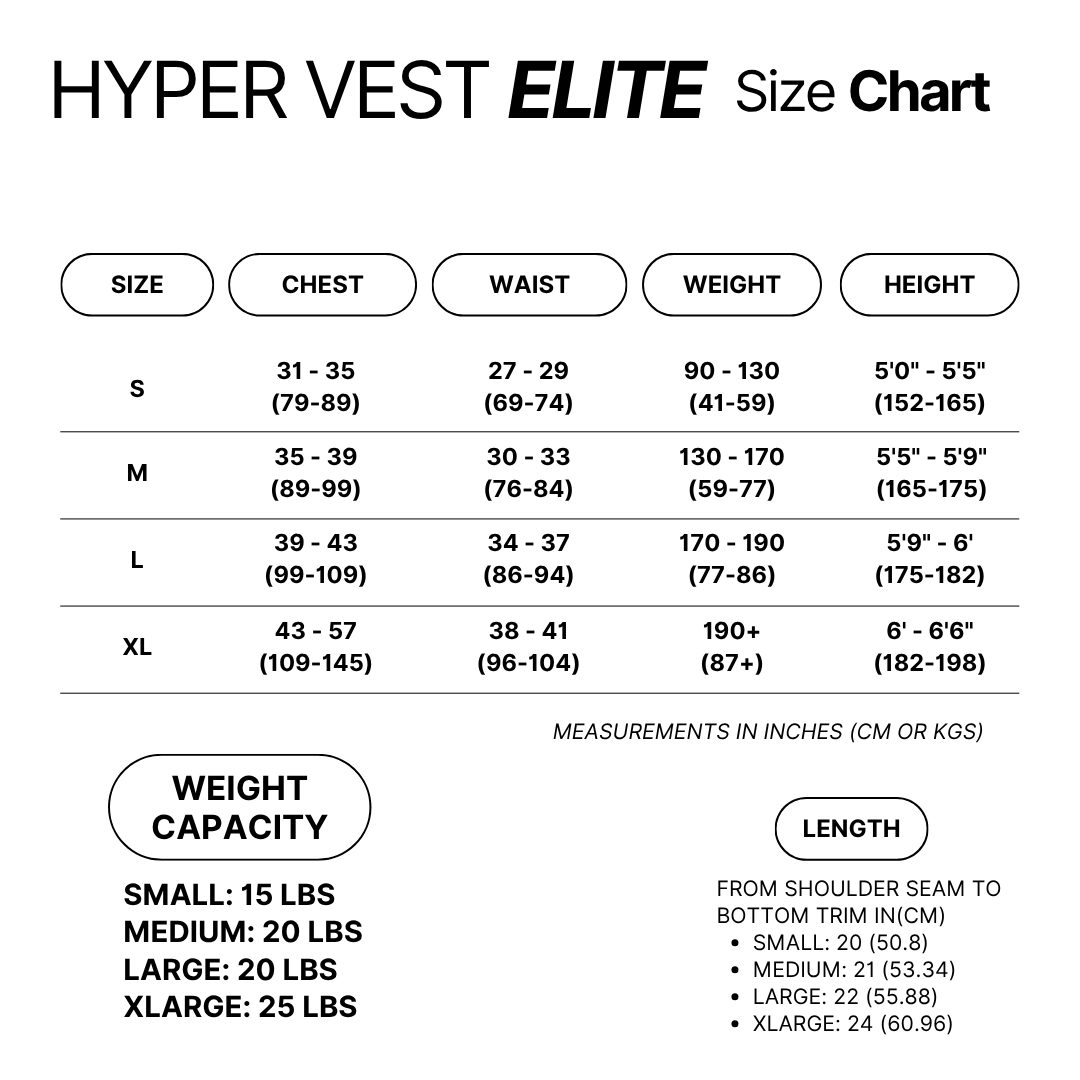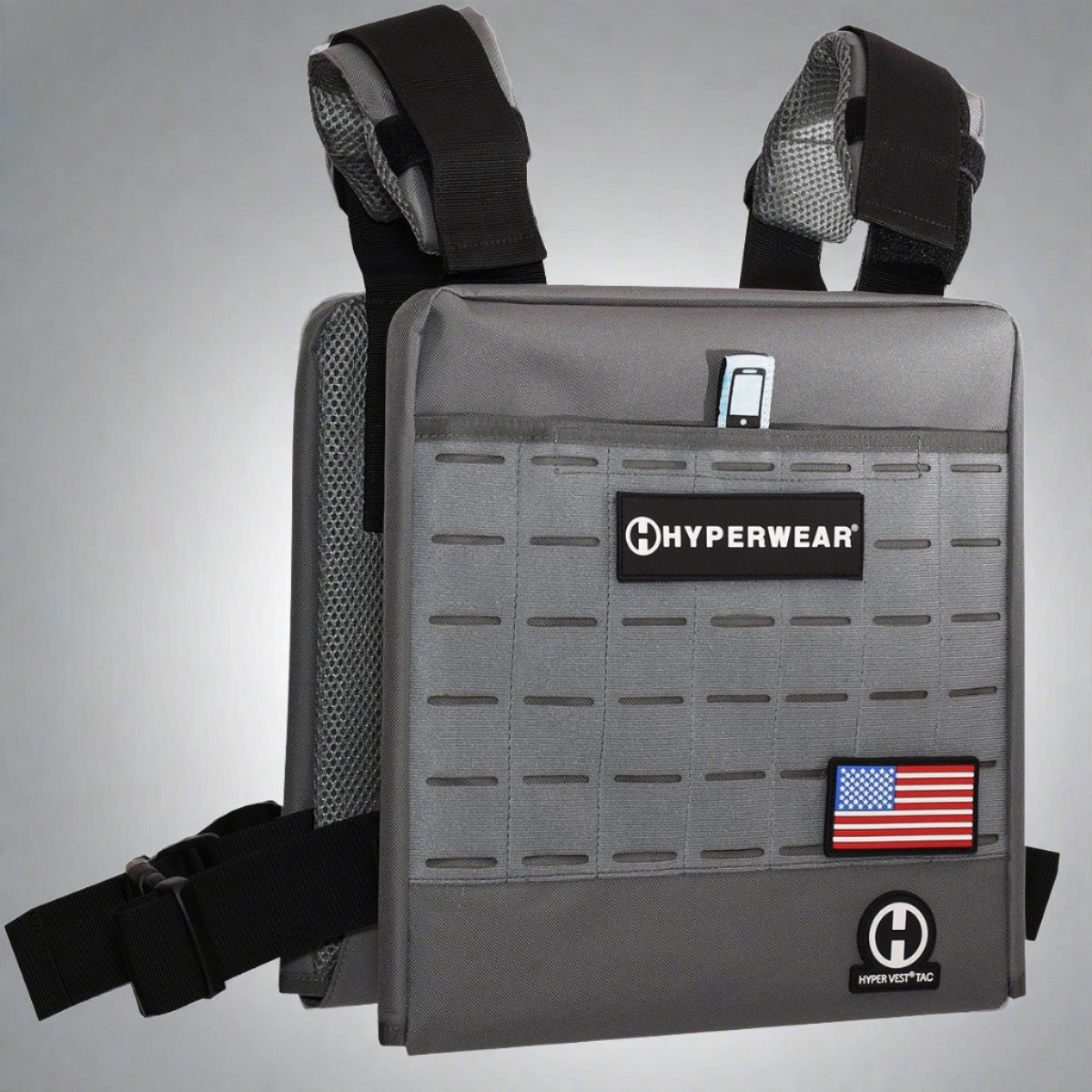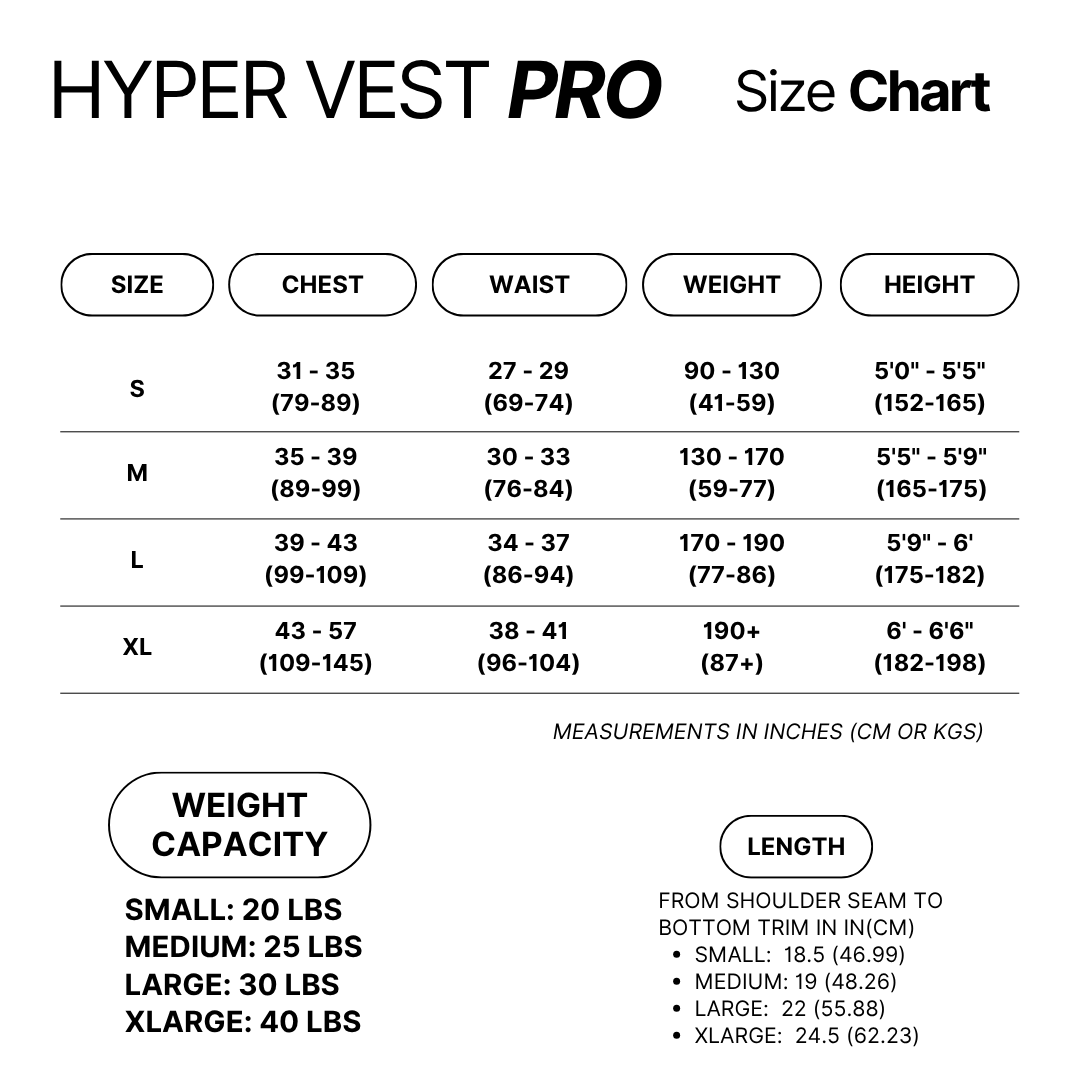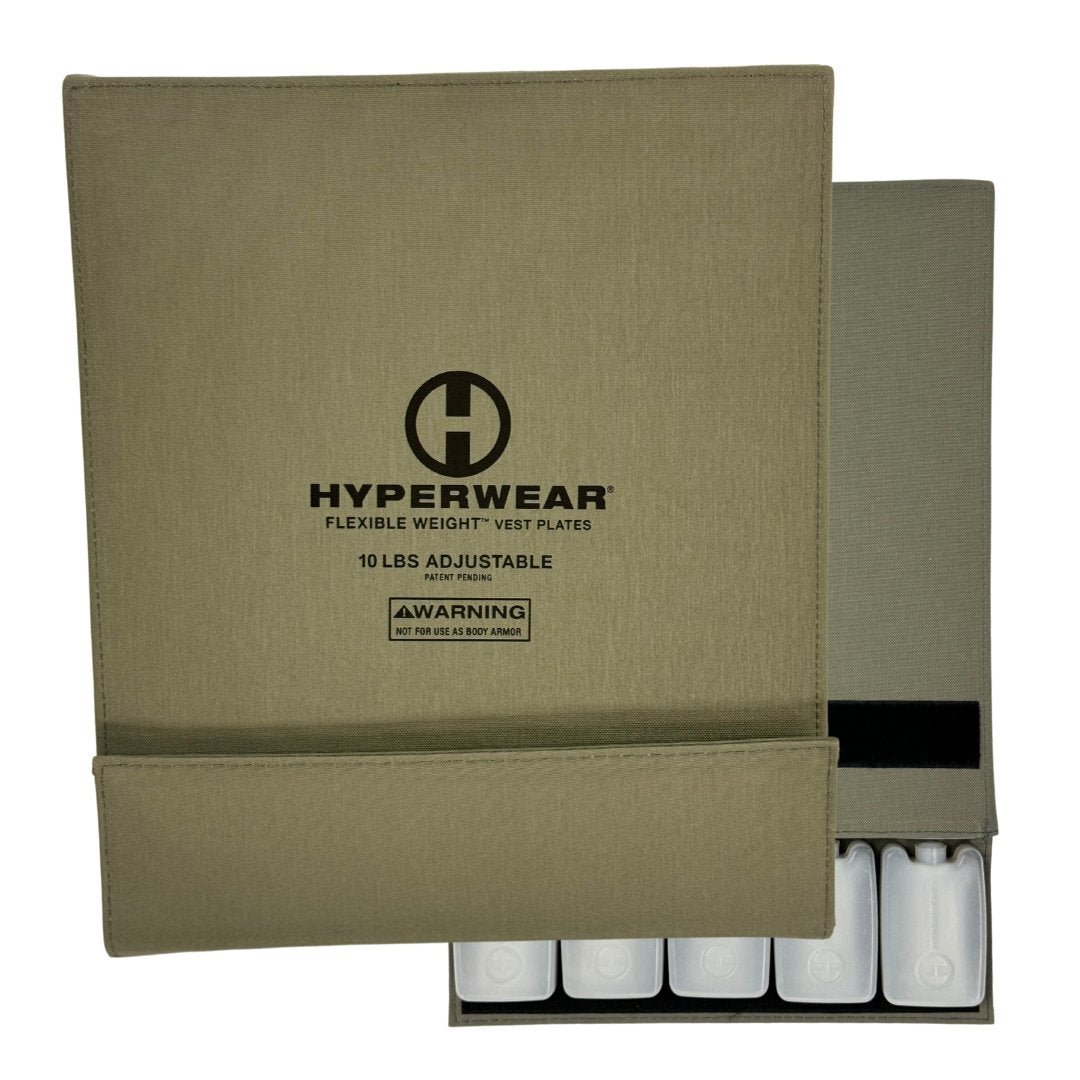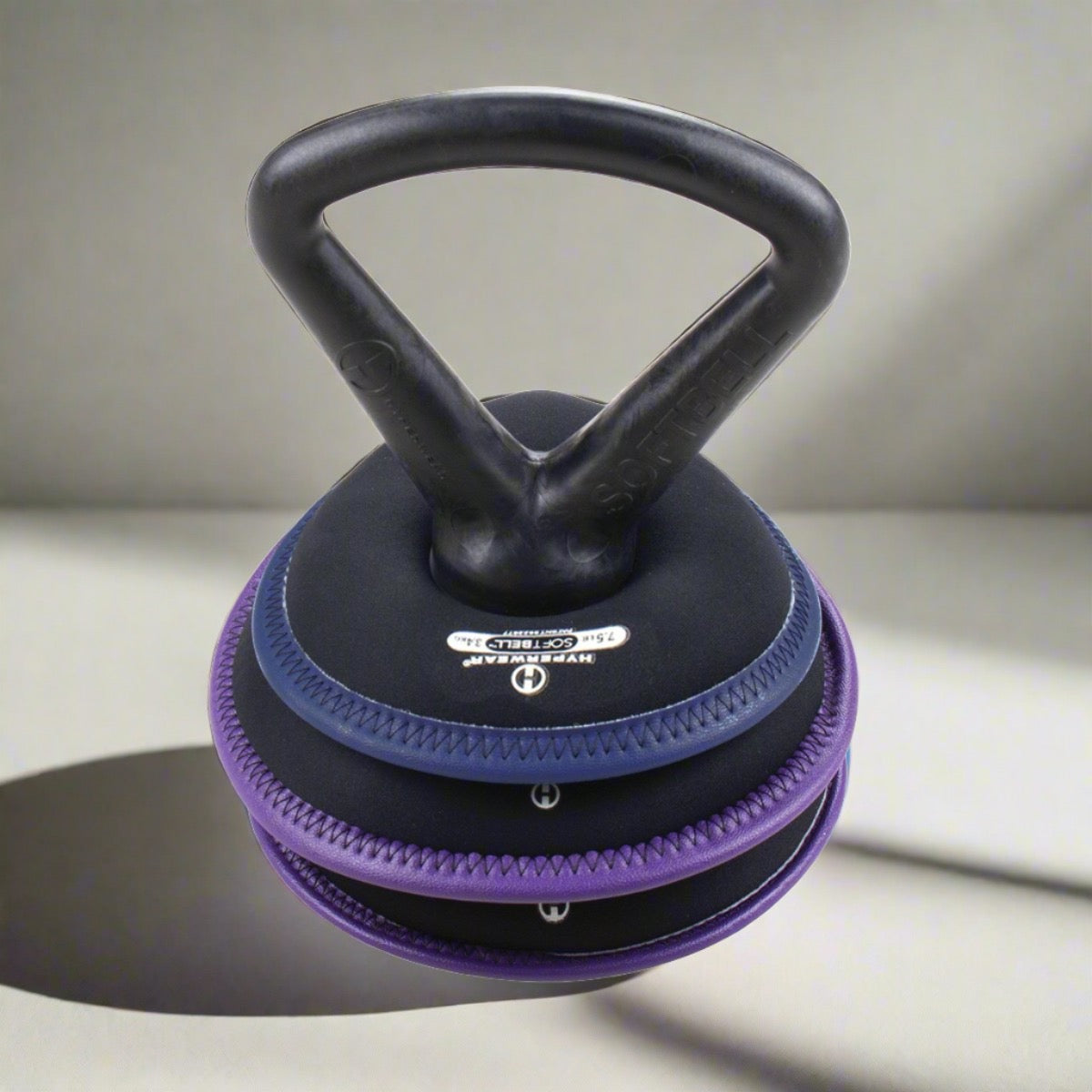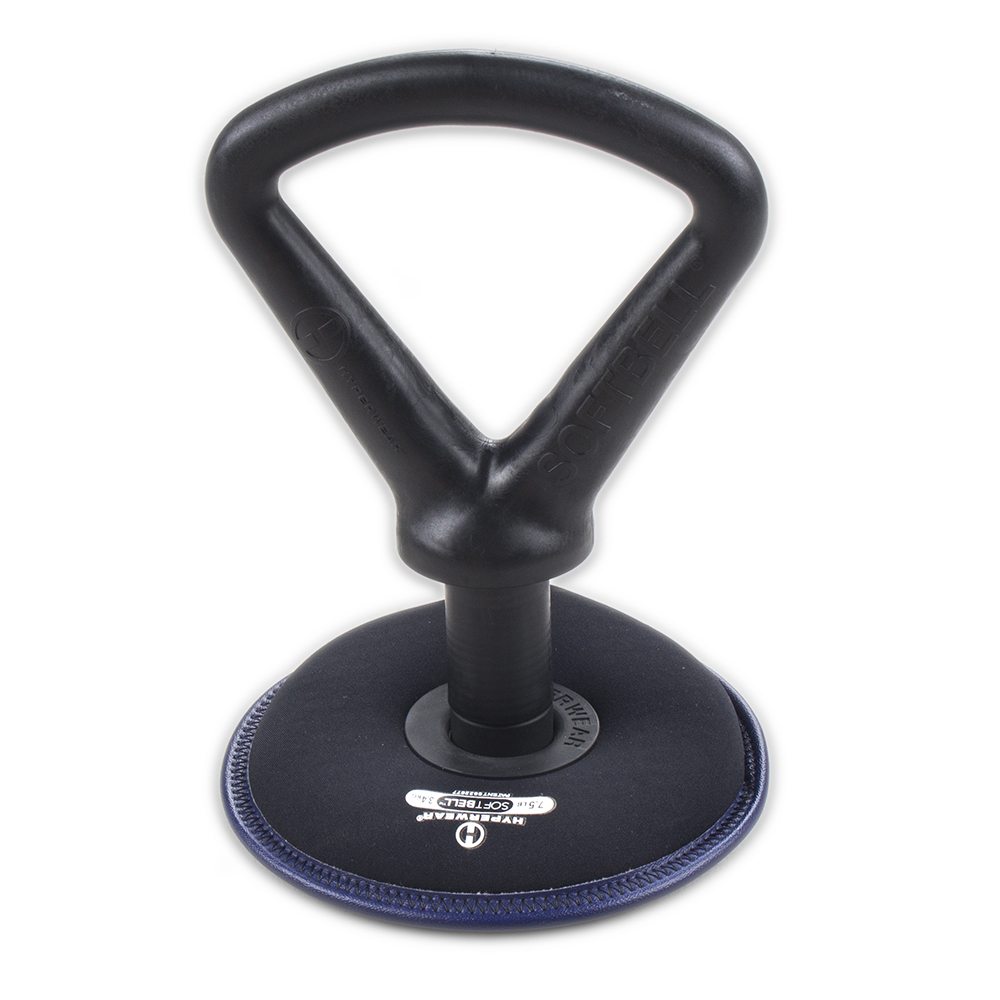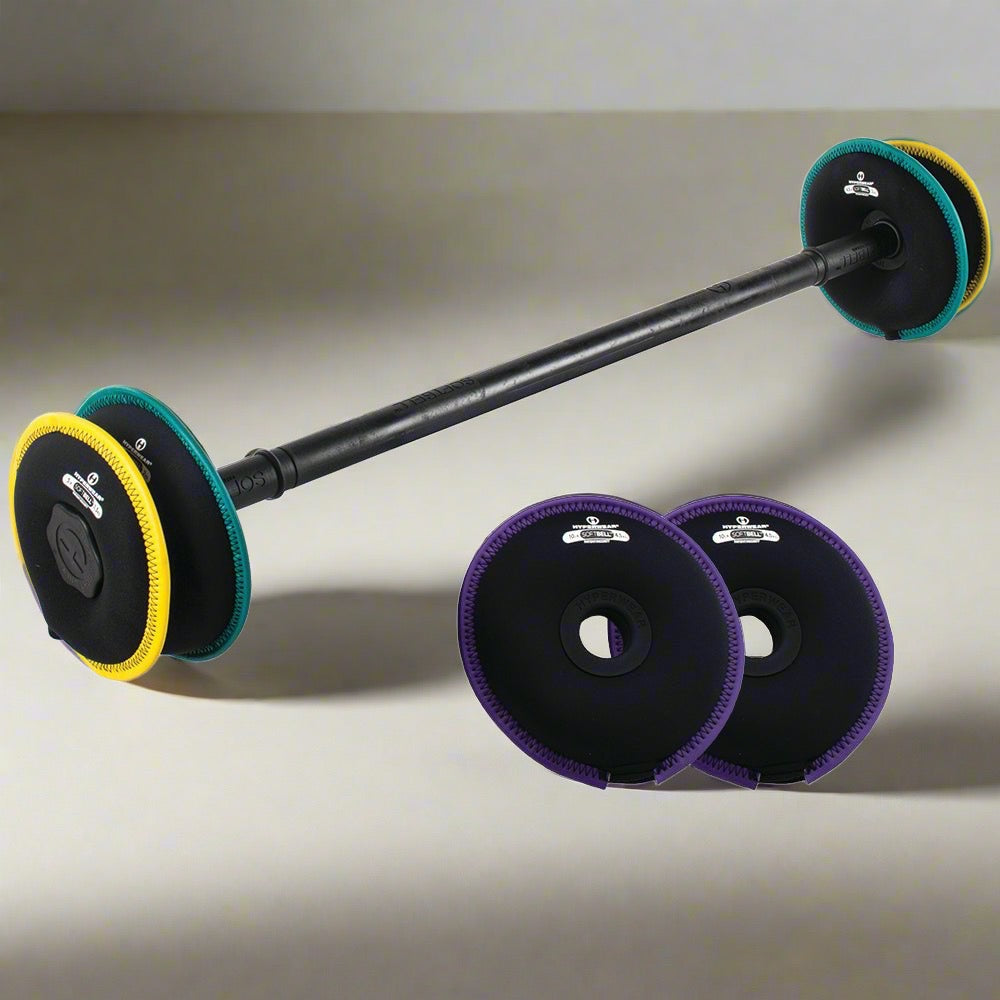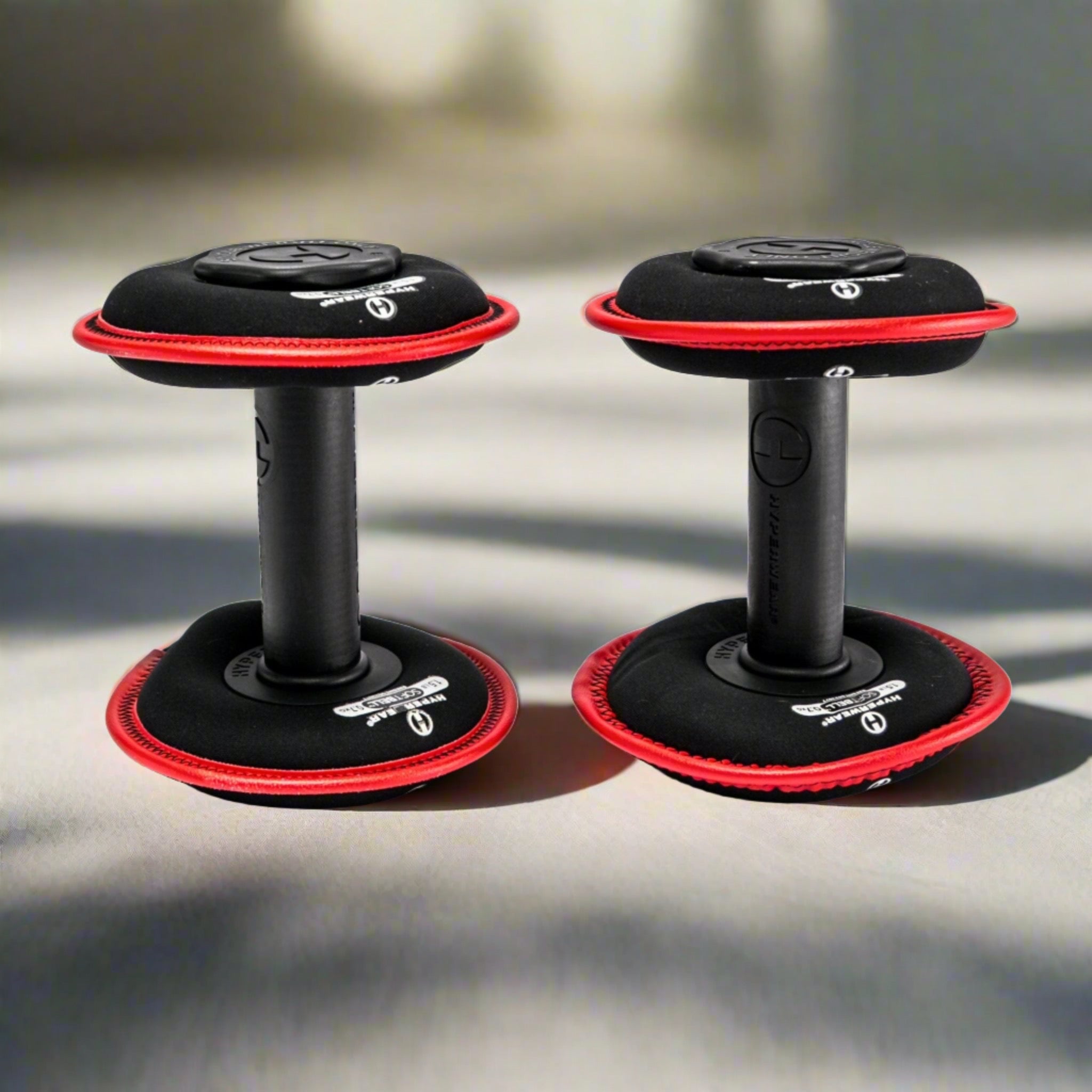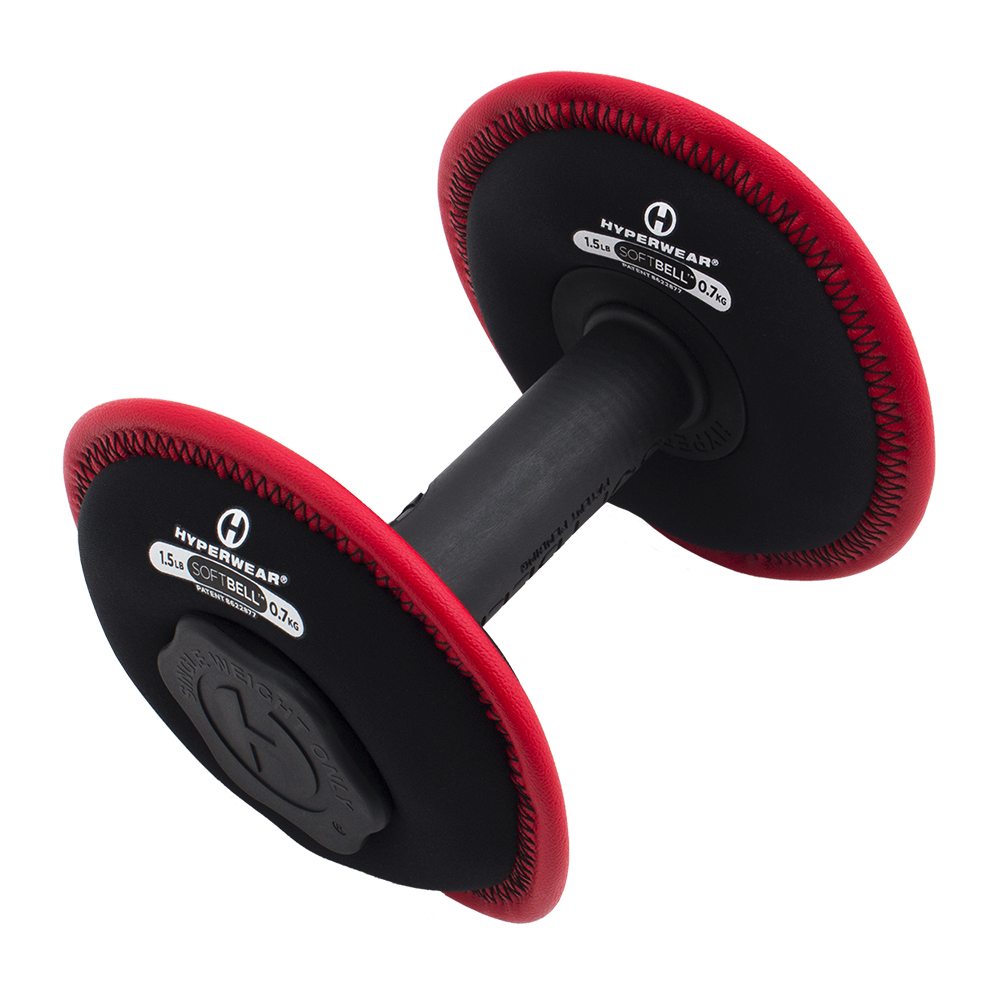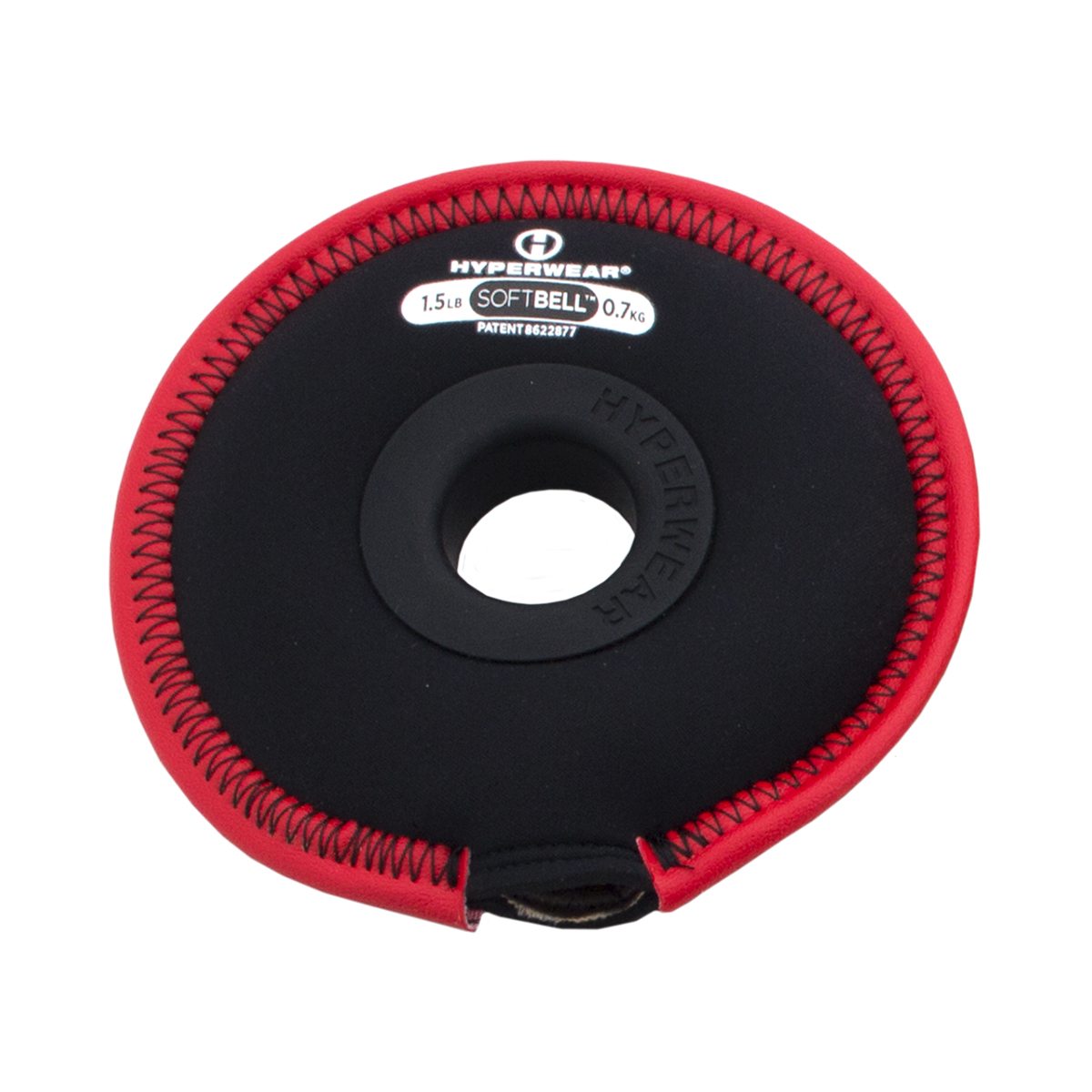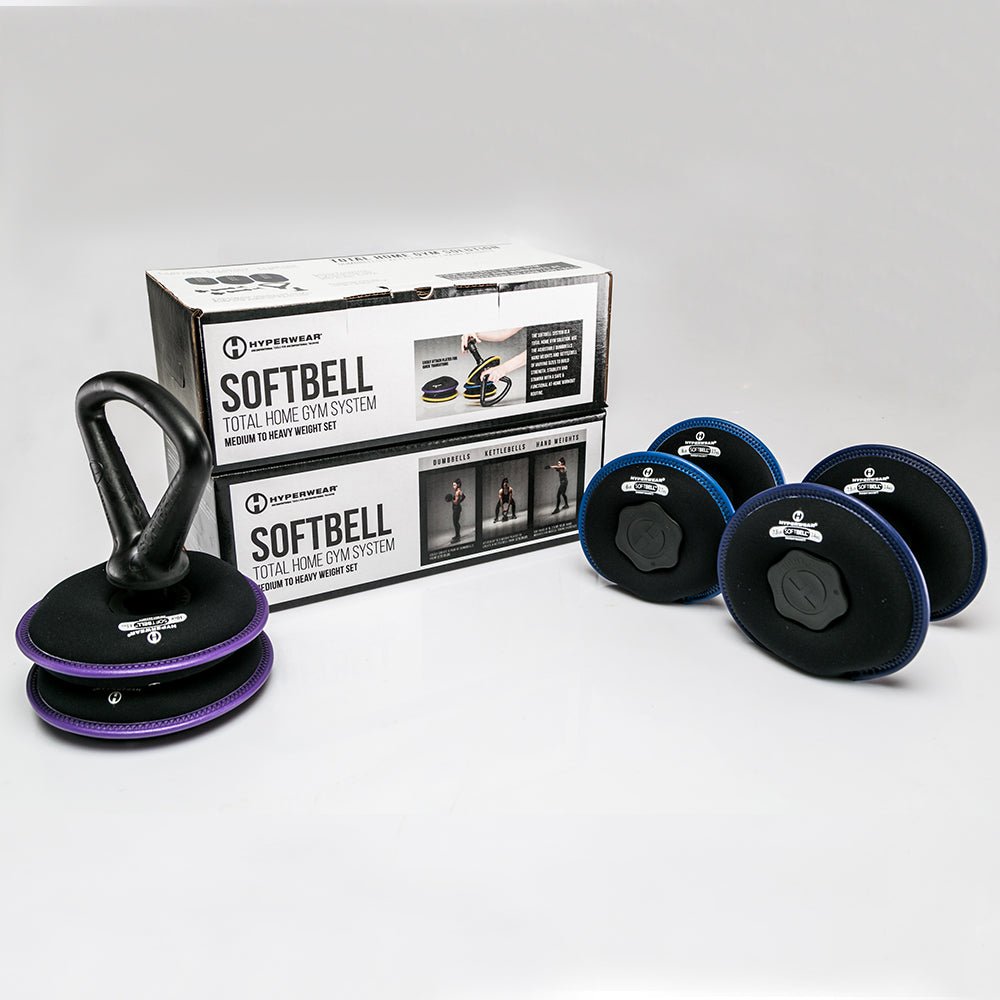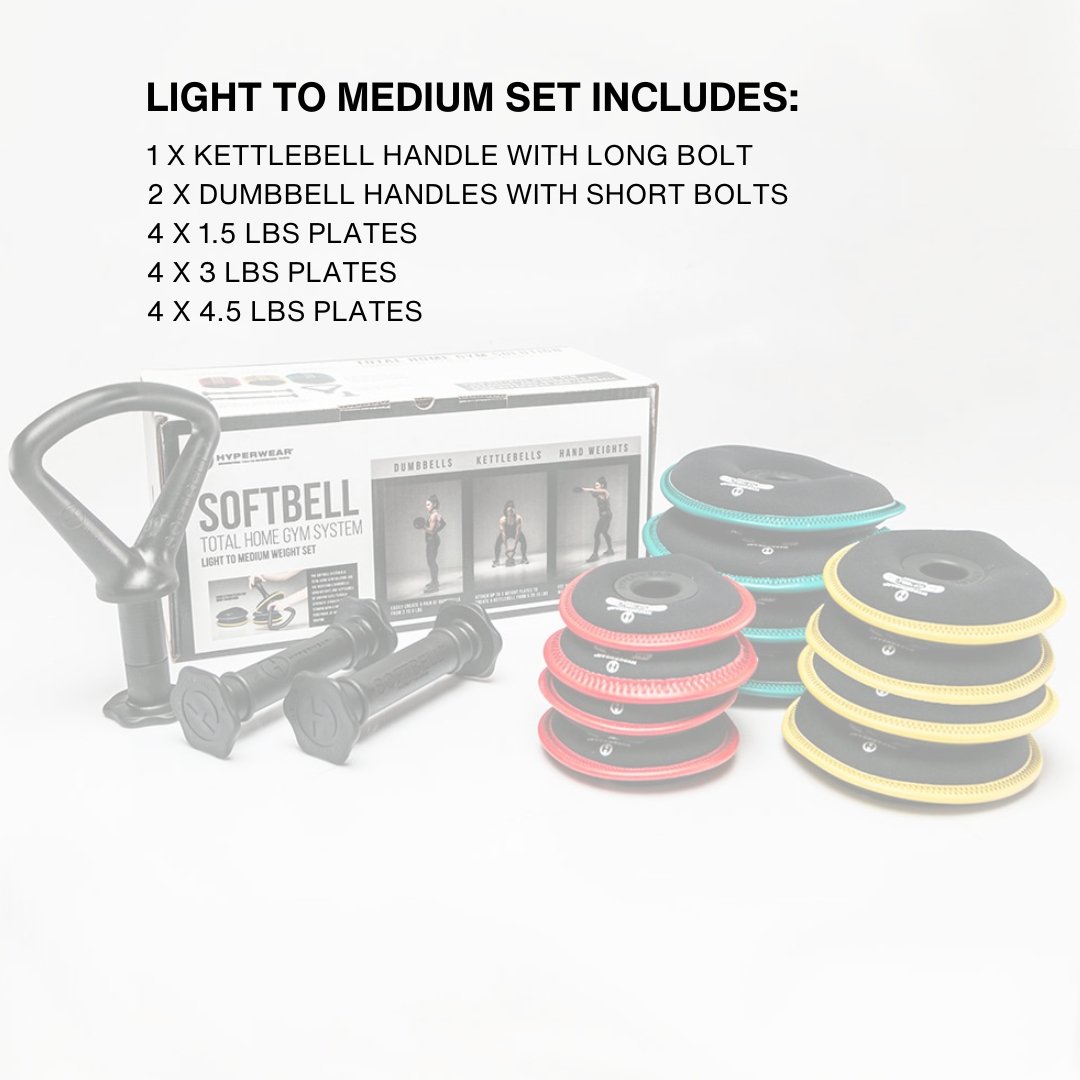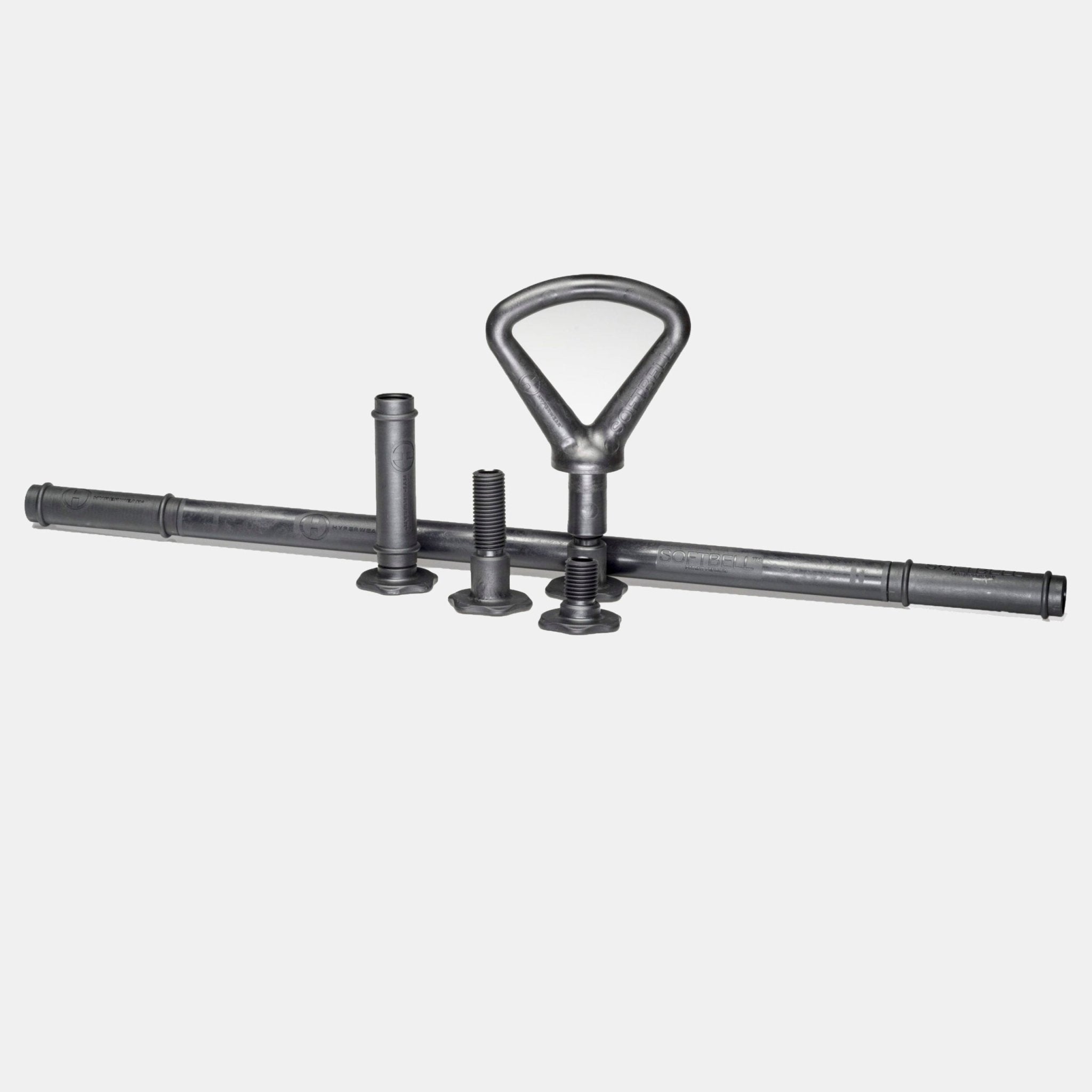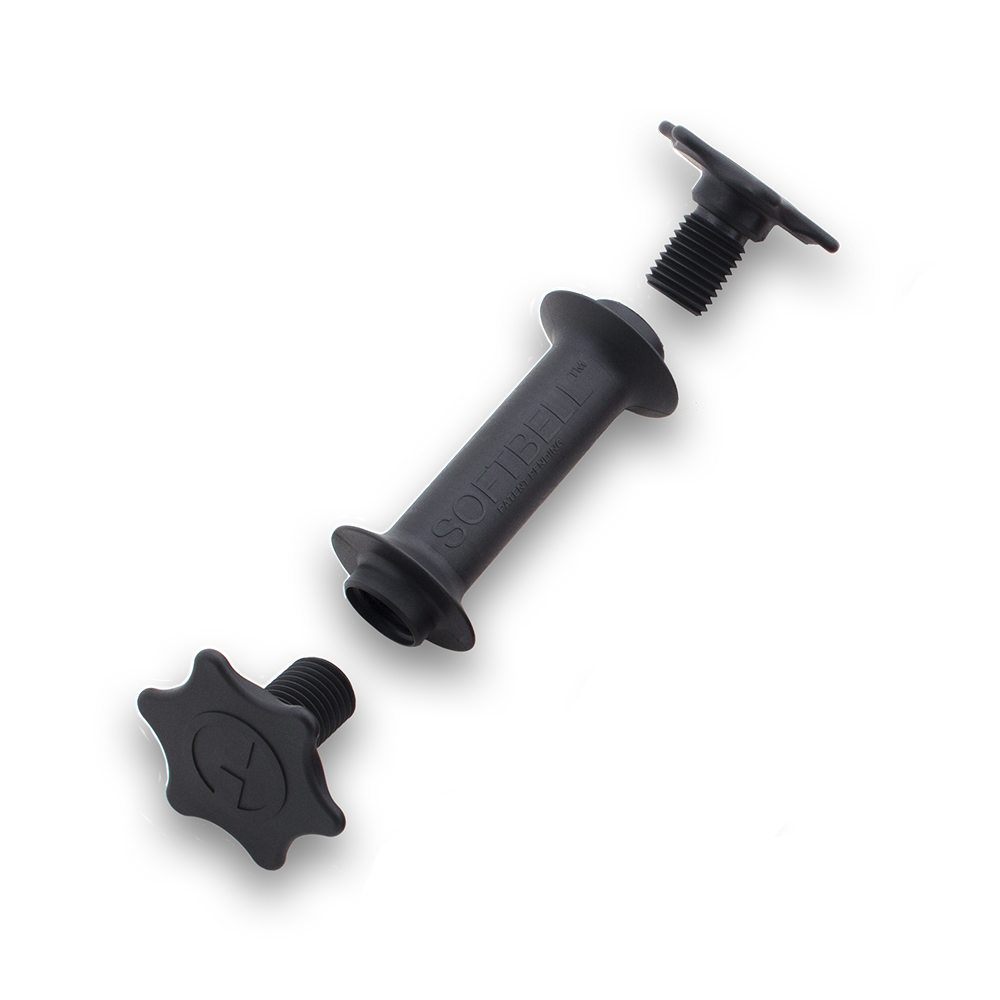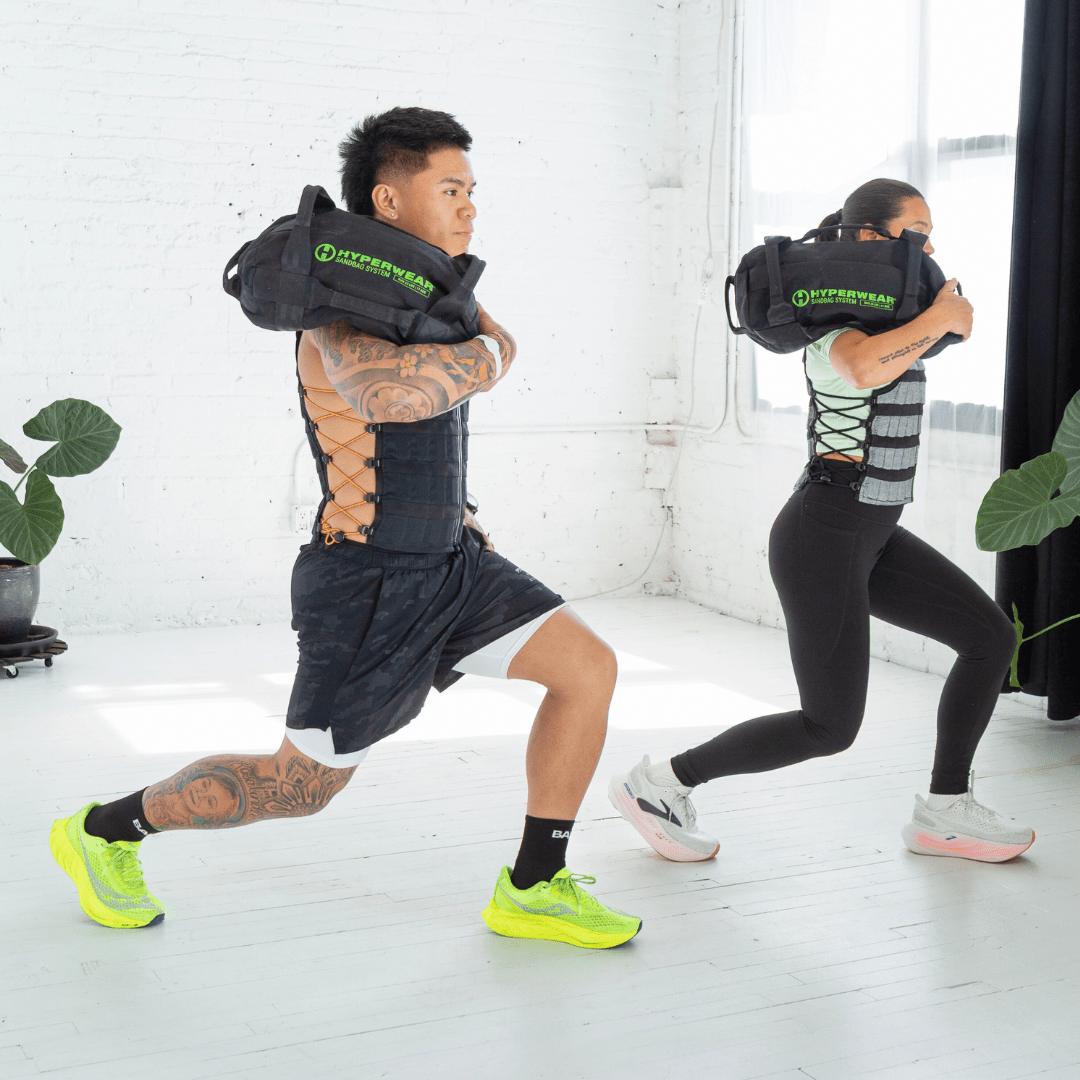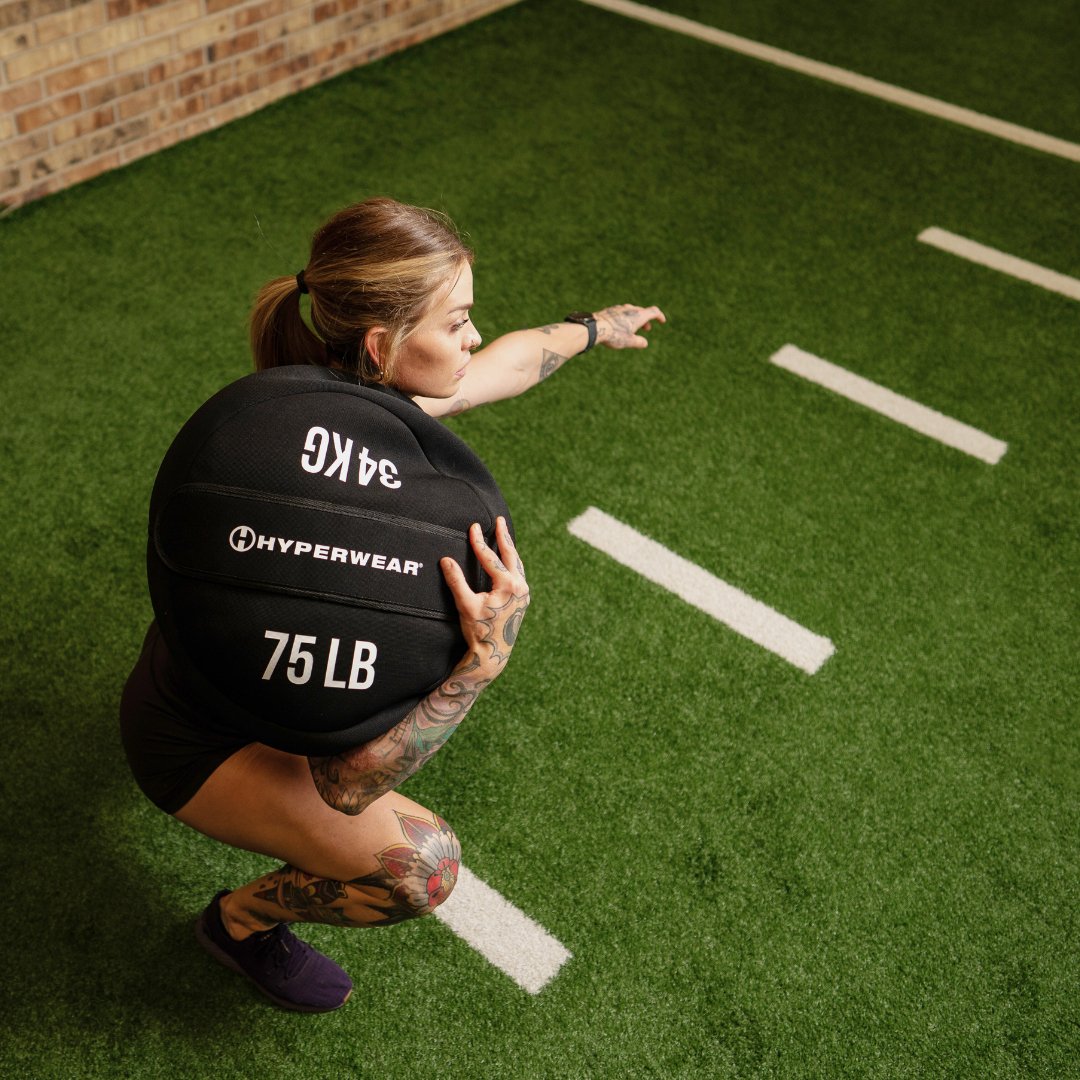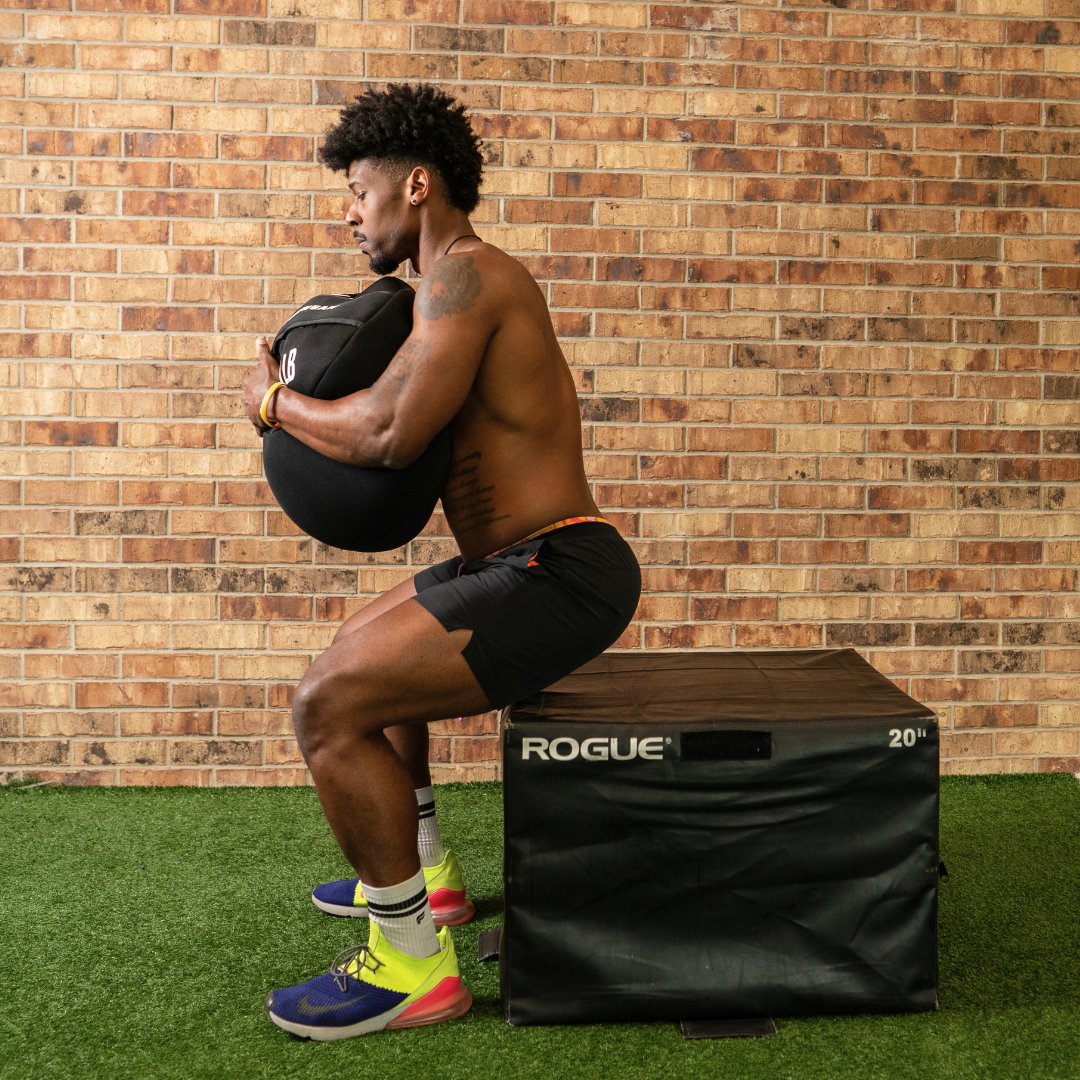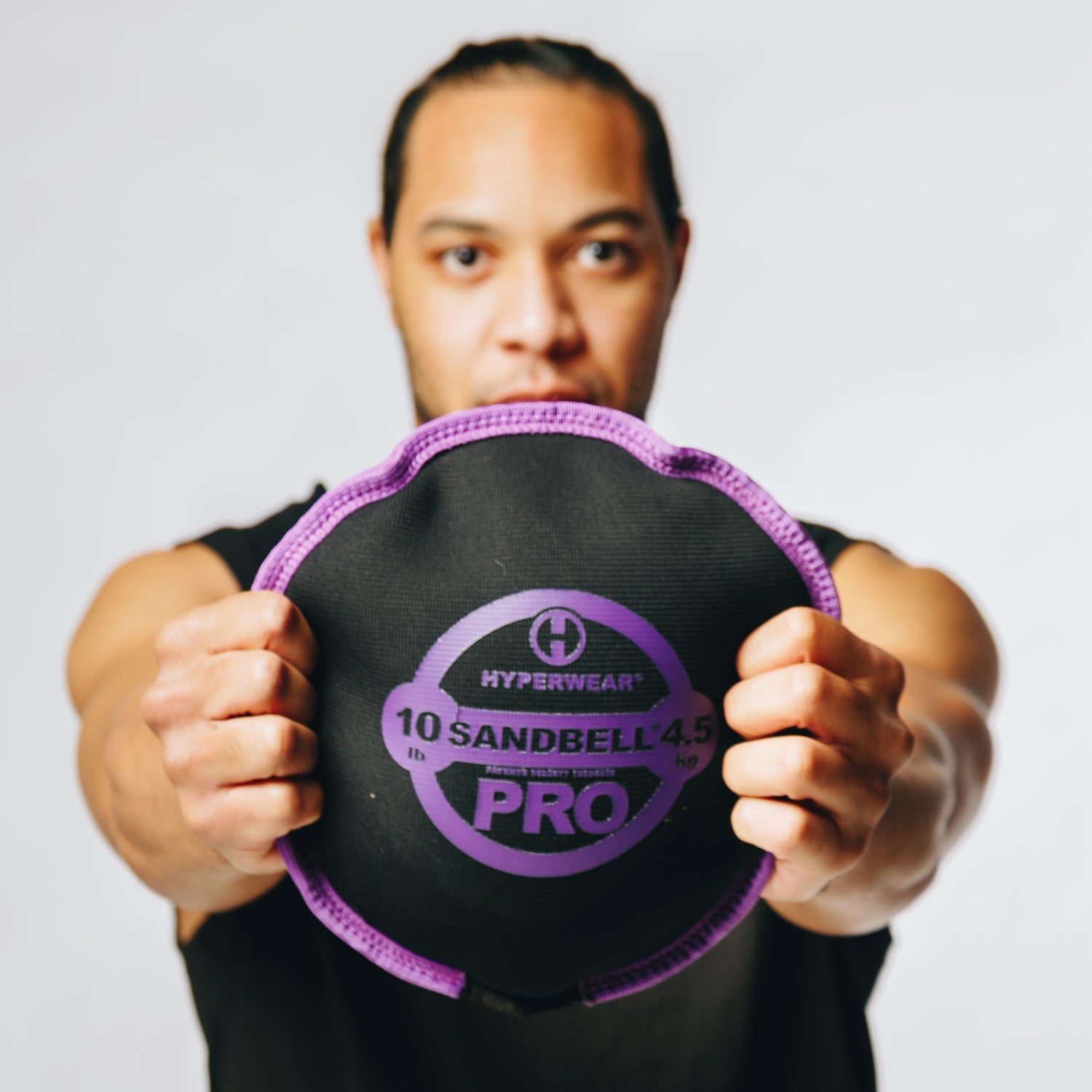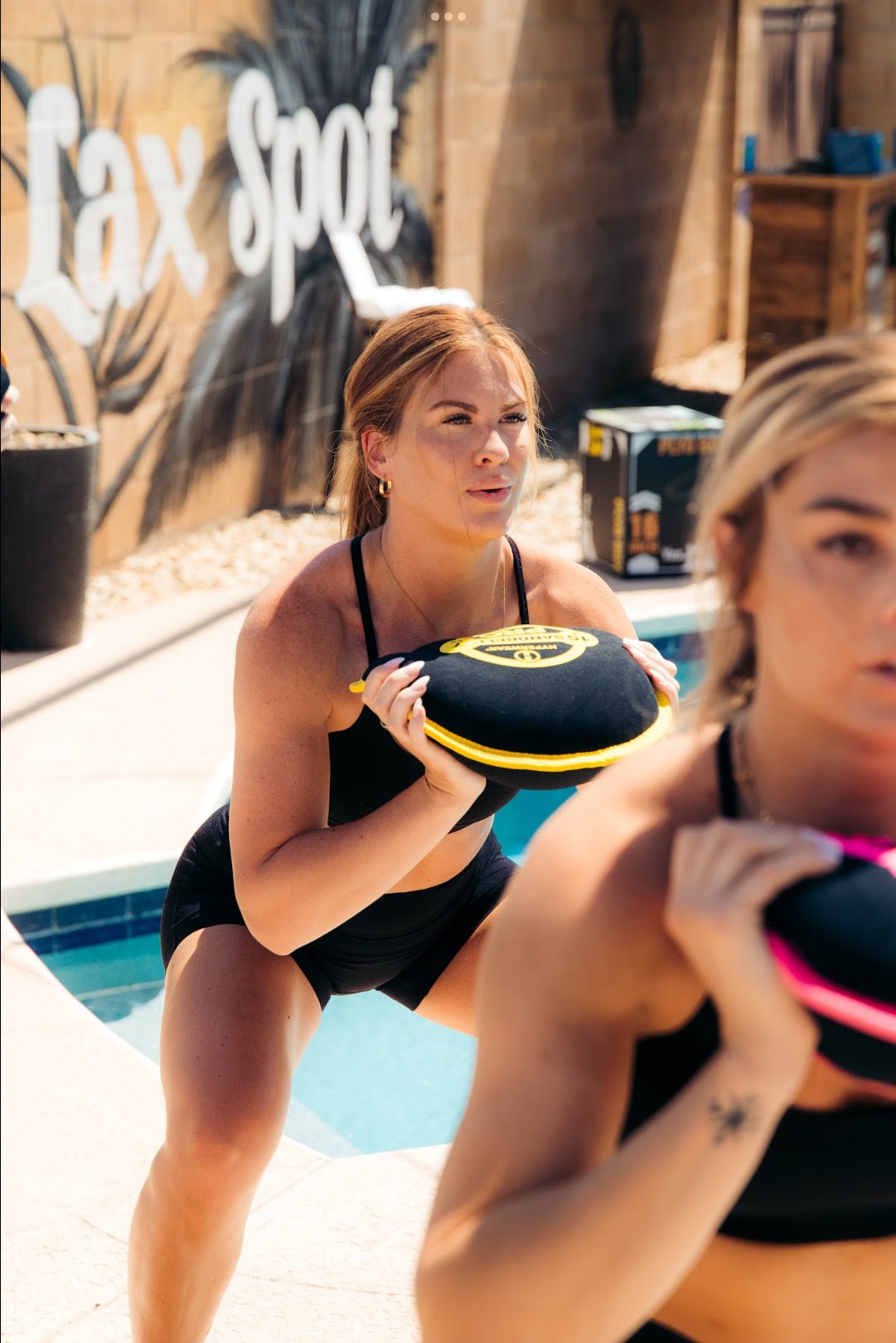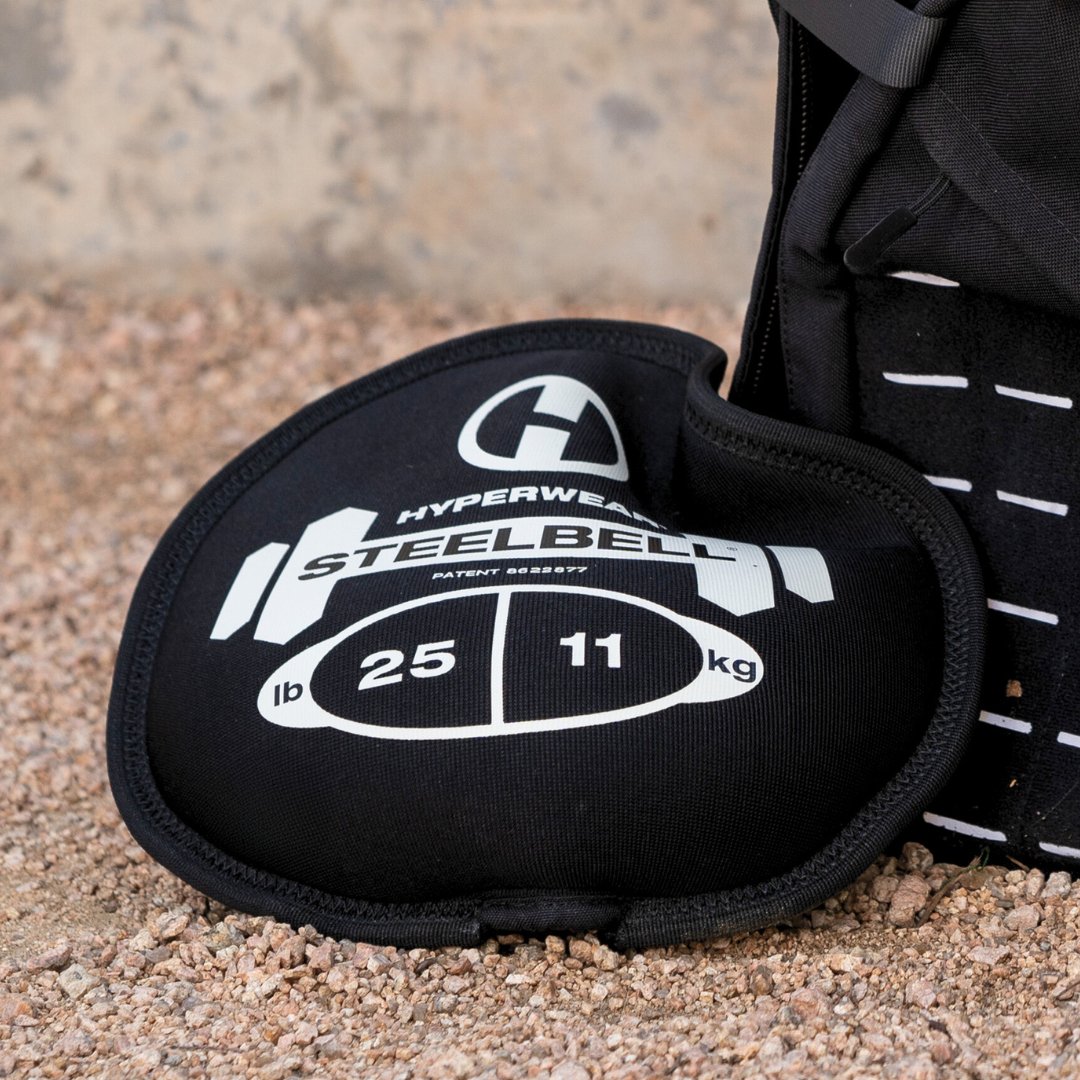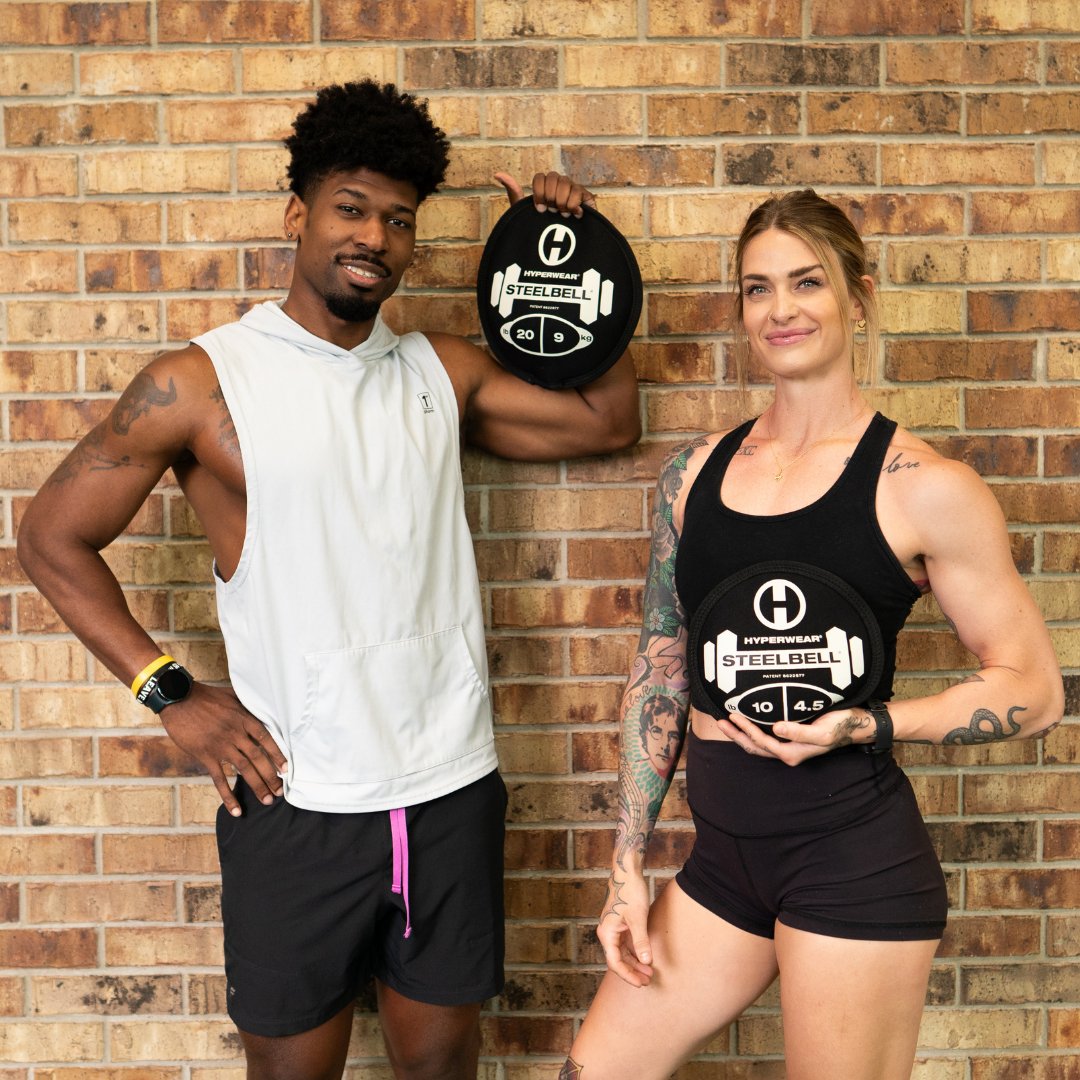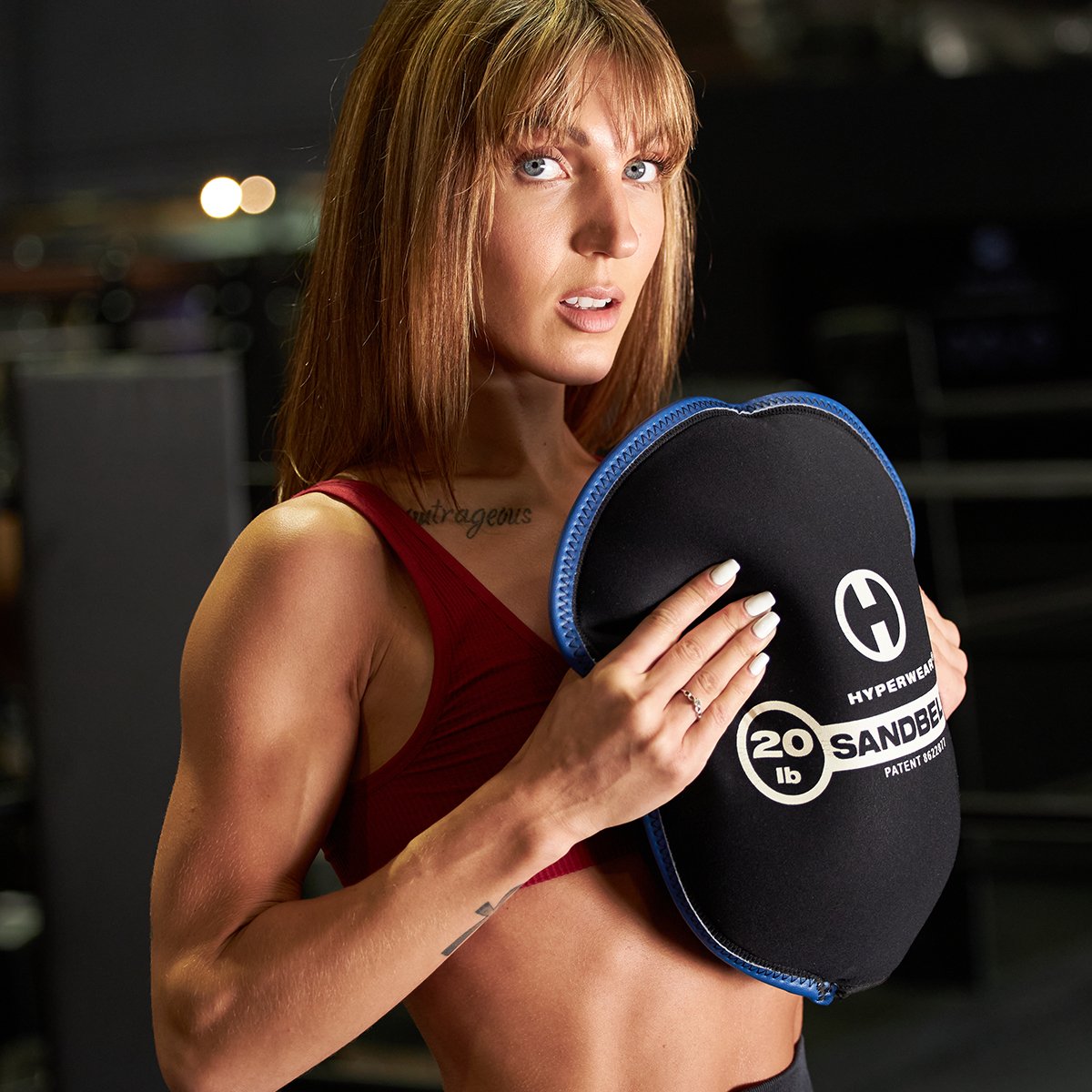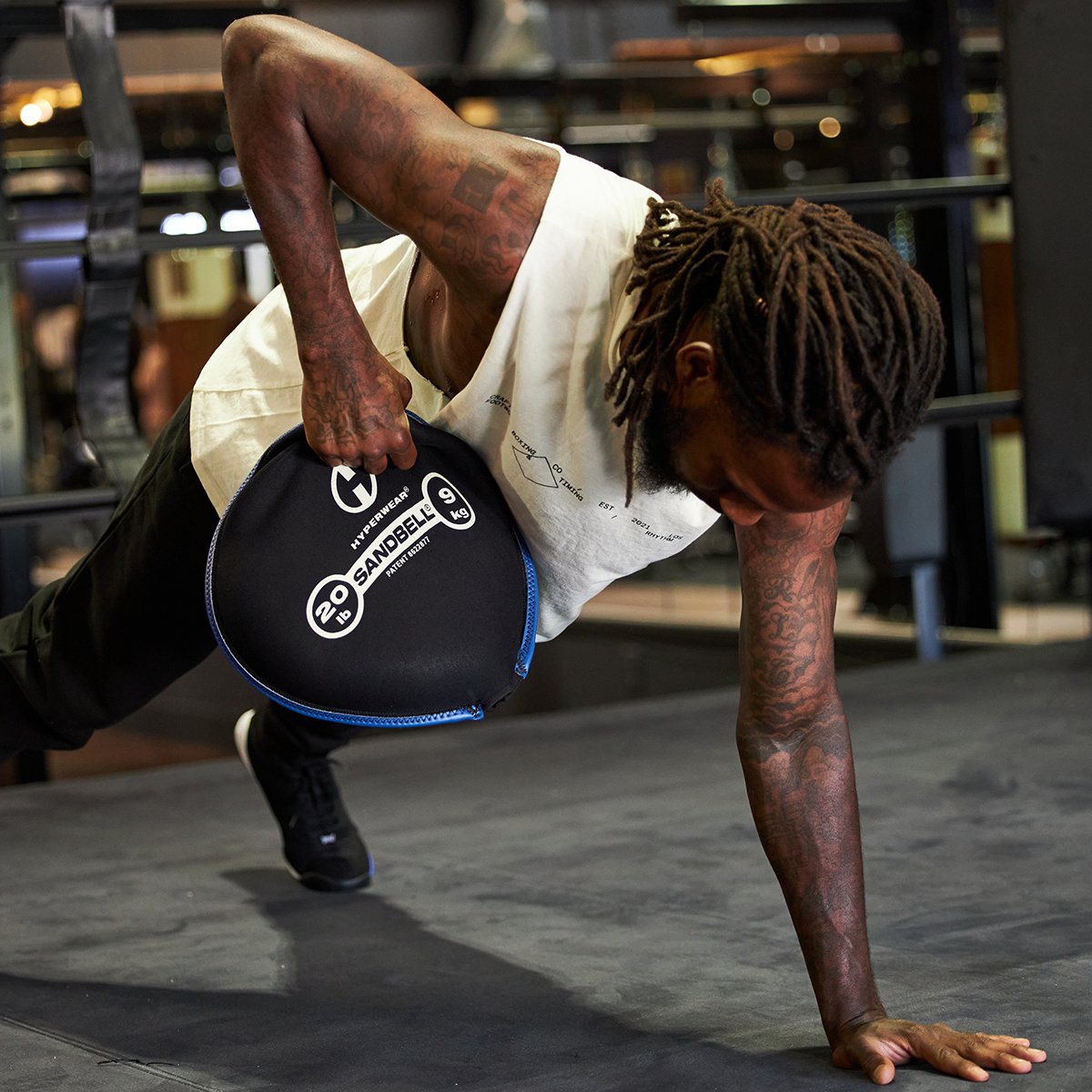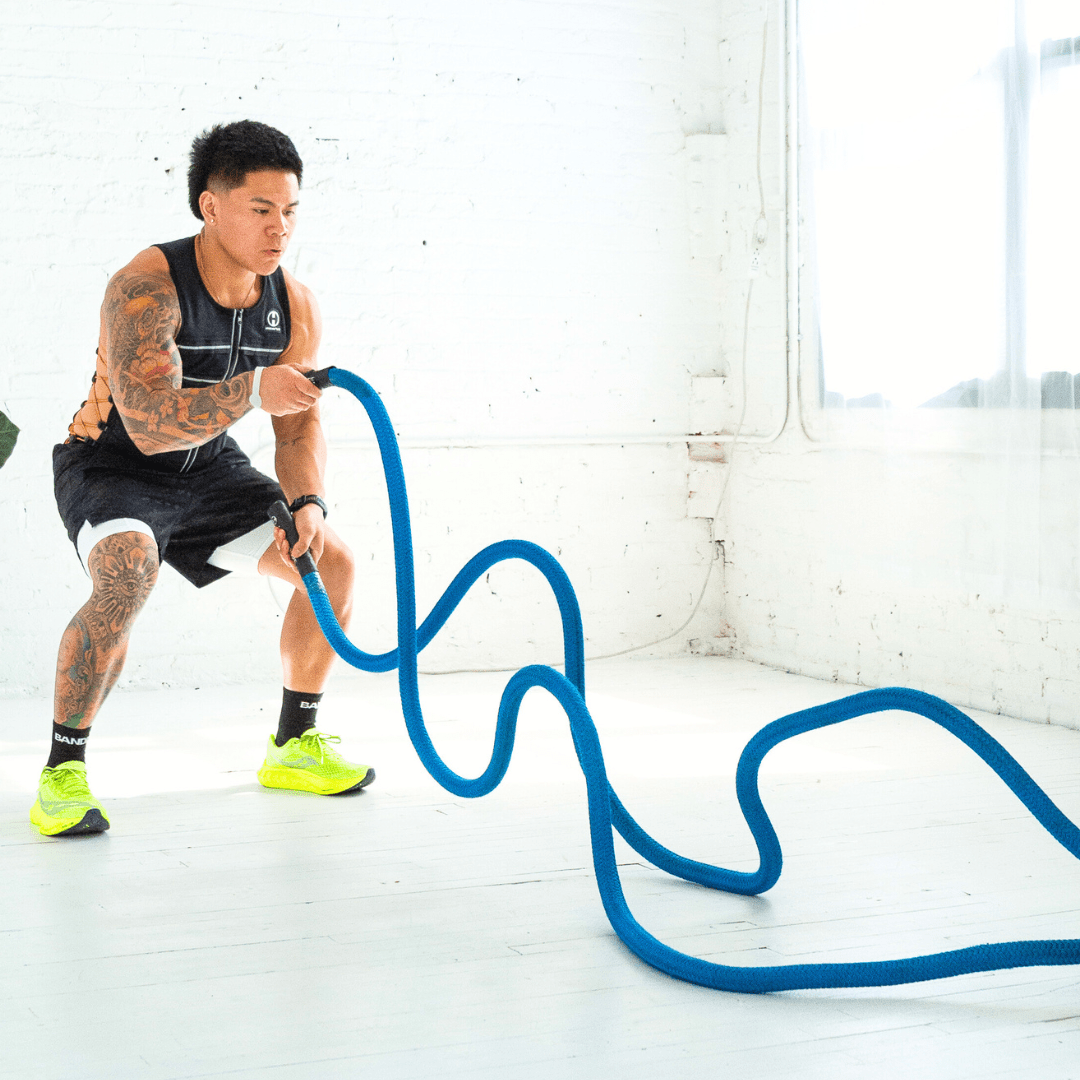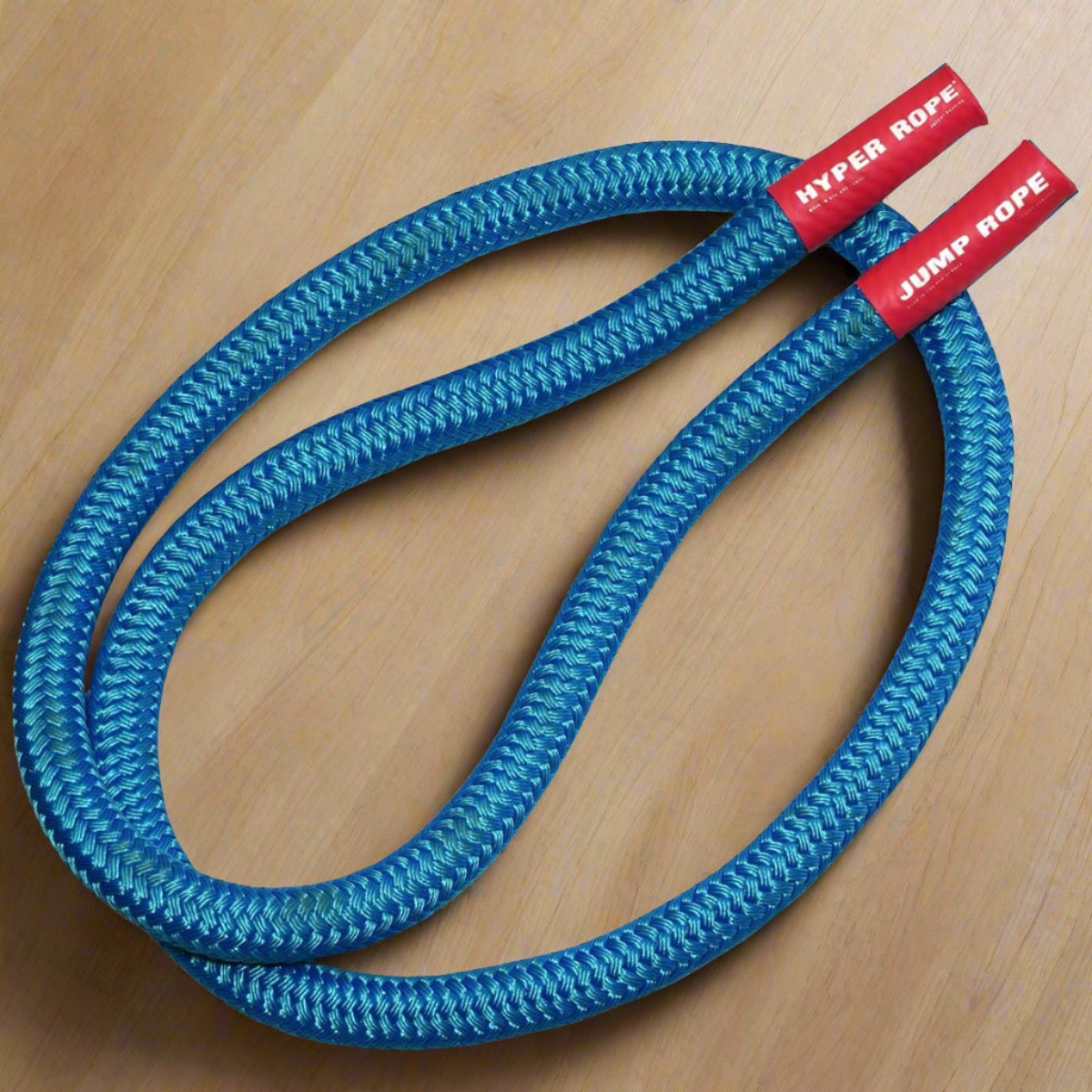As any athlete knows, the importance of weight training is a crucial part of a productive workout. In order to efficiently lose fat and gain lean muscle mass, a combination of cardio and strength training must be implemented. Weight vest research provides insight on one way to get more results from training. Research also shows performance improvements can come from including a vest in your warm-up before training or competitions.
The main difference in cardio and strength training is the period of time in which calories are burned. While cardio burns calories as an individual is exercising, weight training burns calories even after an individual has stopped working out. The main difference between static stretching and dynamic warm-ups is the increase in core body temperature making the muscles warm, and enhanced active range of motion.
So why use a weight vest? What does weight vest research tell us?
Weight Vest Training: What does a weight vest do?
Traditionally weighed clothes and vests have simply been used for weighted push ups and squats. Exercise science studies have asked: "Do weighted clothes work?" The findings say "yes." Imagine doing the same cardio exercises you would do in your daily routine with added weight. Say you add 10 pounds to your weight vest. You are essentially doing the workout of an individual 10 pounds heavier than you. Thus you increase the intensity and efficiency of your workout, while burning more calories in a shorter amount of time. As calories are being burned and fat is being lost, lean muscle can begin to form. The increased intensity of the workout makes cardiovascular systems work harder, strengthening them and engaging the entire core. All of these changes are a result of combining cardio and weight training. In the end, your overall performance (speed, endurance, etc.) improves.
Weight Vest Benefits
A study cited in the Journal of Applied Physiology examined the effects of adding weight to strength training of subjects who already had a steady level of performance. The weight vest research study took place 3 days a week for 10 weeks. Leg strength was increased by 30% and short-term endurance during cycling and running was increased by 11-13%.
Another study, conducted by researcher Helkki Rusko, stated that the improvement occurred while running with a weight vest. Using twelve well-trained athletes as his subjects, he gave them weight vests that weighed 10% of their body weight. Rusko made subjects wear the weight vests throughout the entire day as well as during at least three of eight weekly workouts. After four weeks, the results his subjects experienced were negative, they needed more oxygen to run at a given pace. He asked his subjects to take the weight vests off and resume normal training and retested them two weeks later. This time data showed 2 main benefits; sprinting rose by 25% and stair running speed increased by 3%.
A study cited in Medical Science Sports Exercise examined the effects of weight vests during treadmill walking. The experiment studied ten subjects, all about the same age. Subjects walked on treadmills under four different weight vest conditions (0, 10, 15, and 20% of body mass). The weight vest research study found that although weight vests did not produce much effect at subjects' walking at slower speeds, there were significant differences at higher speeds. The study also showed that a lower body mass percentage versus a higher body mass percentage in the weight vest produced very different results. The study concluded that the use of a weight vest can increase metabolic costs and exercise intensity.
Weight Vests for Warm Ups
The use of weighted training vests has also been found to be good during warm-up for sports. Using dynamic warm-up procedures has increased. There is little evidence to support the use of static stretching to improving performance. Exercise scientists have published a few studies showing positive performance enhancement using weighted vests before training and competitions.

Research published in the Journal of Science and Medicine in Sport looked at the effect of warm-up exercises using a weight vest for running endurance. Elite distance runners wore a weighted vest equal to 20% of their body weight during the “strides” portion of a commonly used warm-up. Strides are short duration intervals of fast running. Peak running speed significantly improved by 2.9% in the group using a weight vest warm-up. Measurements showed a moderate increase in leg stiffness and large improvement in running economy of 6%. Cardiorespiratory efficiency in the runners also showed a small to moderate improvement.
The Journal of Athletic Training published a study lead by Avery Faigenbaum: Dynamic Warm-Up Protocols, With and Without a Weighted Vest. They looked at the differences in performance of athletic tests in a group of female high school athletes who warmed-up with and without using adjustable weighted vests. The vests were adjusted to 2% of body weight in one group and 6% in another group. The authors concluded that using a 2% of body weight adjustable vest may be the most effective dynamic warm-up for enhancing jumping performance. Participants in the study improved by 12.5% using a dynamic warm-up with a weighted vest compared to doing static stretching. The same athlete's vertical jump performance went up by 13.5%.
Weight Vests for Strength Gains
A 1980 study, conducted by faculty members of Texas Tech University, called "The Effects of Plyometric Training Drills on the Physical Strength Gains of Collegiate Football Players" yielded decisive results. The study conclusively showed that adding a weight vest to your training, provides benefits of crossover strength gains when performing basic movements. As the study concluded, "physical strength and development in the bench press, power clean, and squats with vest and ankle weights greatly enhances performances."
Wearing a Weight Vest for Weight Vest Training
How heavy should my weight vest be? The majority of weighted vests that have traditionally been sold for strength training are very heavy and bulky. However, research shows athletic performance and speed are improved using no more than 10-15% of body weight. In the Journal of Biology of Exercise, a study looked at the Acute effects of different loading conditions using weighted vest on running performance. Scientists looked at the acute effects of different loading conditions on acceleration, maximum speed and final performance of a 50m run. The results showed an excellent benefit of using an 8-15% loaded weight vest for sprint speed during all phases of the run in training.
The Los Angeles Laker's Anthony Davis uses a weight vest for basketball drills that holds a max of 20lbs which is less than 10% of his body weight. Josh Norman, Washington Redskins top NFL cornerback, wears the same weighted vest during football drills as ESPN discovered when it was spotted under his jersey.
Recommended: Research on building bone density for osteoporosis with a weight vest

Weight Vest Training: How do weighted vests work?
So it is apparent from weight vest research how weight training and using weight vests affects the physical body. But how exactly is it affecting the body? What is going on?
Muscles in the body are being stretched while exercising. When these muscles are stretched, fibers in-between the muscle called filaments are torn. The building of muscle occurs when the body produces filaments to repair those that were torn during your workout. Another important thing to understand is the body needs a certain amount of oxygen to carry out movement. Lactic acid enters the equation here, as it is produced by muscle cells and red blood cells. Lactic acid is made for several reasons, including strenuous exercise. It is responsible for the “burn” felt in the muscles during or after a workout. The acid is not harmful, but if too much of it builds up in the body it, could be detrimental.
Weight vests have numerous benefits, so what’s the catch? What are the disadvantages of wearing a weight vest? As far as weight vests have been studied, there's minimal injury risk. The only damage that can result from wearing one is if the individual is not used to exercise and uses improper form or if the weight vest itself is constructed poorly. All of these reasons could lead to a strain on joints and muscles and back problems.
Avoiding Injury using weighted clothing
Slowly integrate the use of a weight vest, to ensure that none of these problems become a concern. If you do not exercise regularly, then establish a workout schedule first and add the weight vest to optimize your existing workout. Although true for any workout, make sure you have a nice, erect posture. Never slouch. If you use a weight vest frequently, it is also important to take some time off. Your muscles need a chance to recuperate from the added pressure and weight.

If you want to boost your running endurance performance, learn from the research and use your weighted vest during warm-ups at 15-20% of body weight. Do short fast stride runs of around 10 seconds for half a dozen reps. The weight vest design is the differentiating factor of a well-constructed weight vest versus a poorly constructed weight vest. A quality weight vest design evenly distributes the added weight across the entire body. The weight vest should be adjustable. The exact weight should be up to about 10% of your body weight. The weight should be enough to intensify a workout, not make it impossible.
The Murph WOD Weighted Vest Exercise
Consider using more weight when strength training and a little less when endurance training. If you want to tackle the hero WOD Murph, be sure to check out tips from CrossFit Games athlete Julie Foucher on how to prepare.
Weight vests are a great tool for both men and women looking to intensify their existing workouts. Weight vests are flexible in use and can be added to cardio and weight training and improve overall athletic performance. Are you a fan of bodyweight training but want to get more results in the same time? Try adding these top bodyweight exercises with a weighted vest for great results. With the proper precautions, a weight vest could result in the best investment you’ve ever made!
Ready to put weight vest research to work for you? Learn about all the models of Hyper Vest weighted vests
